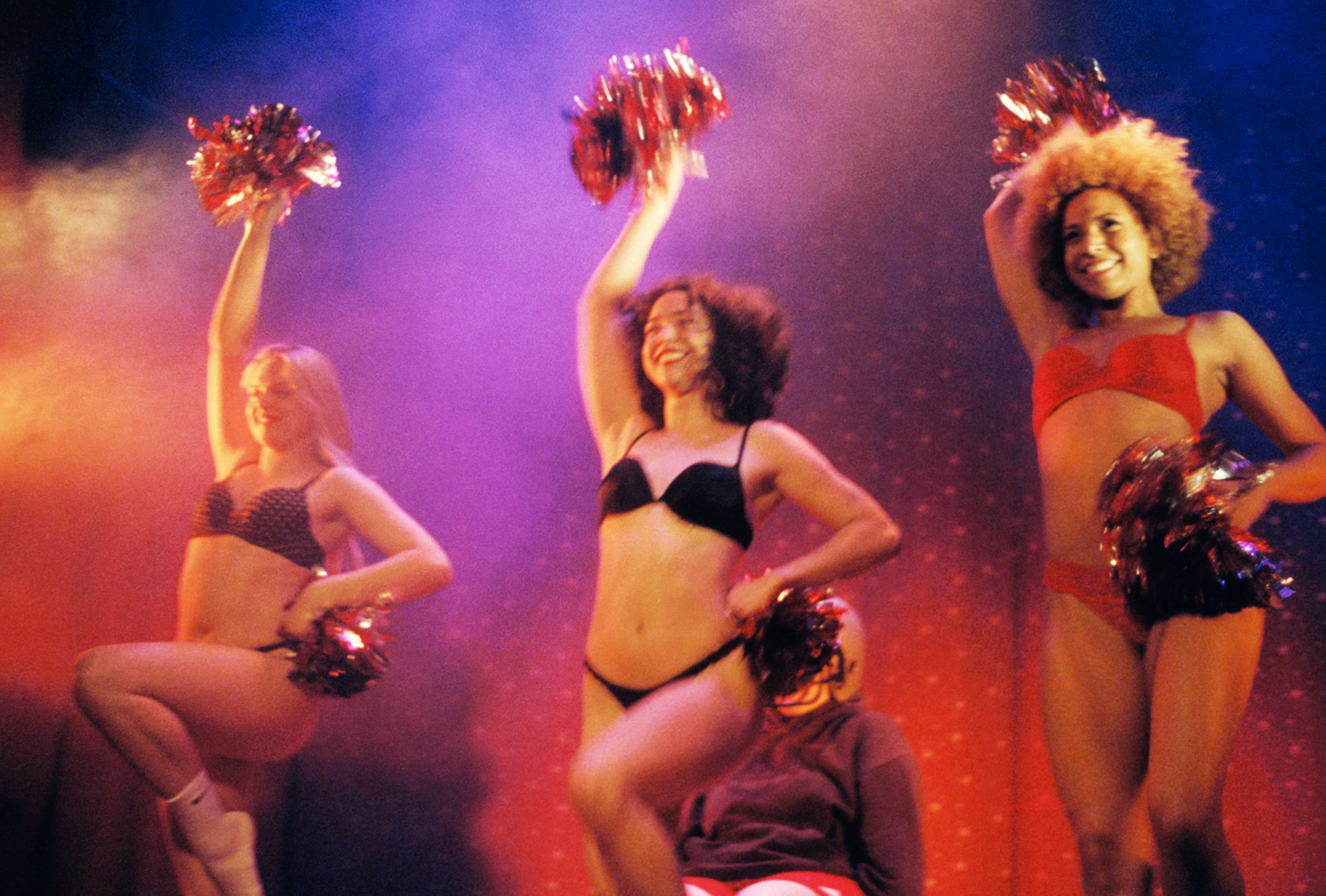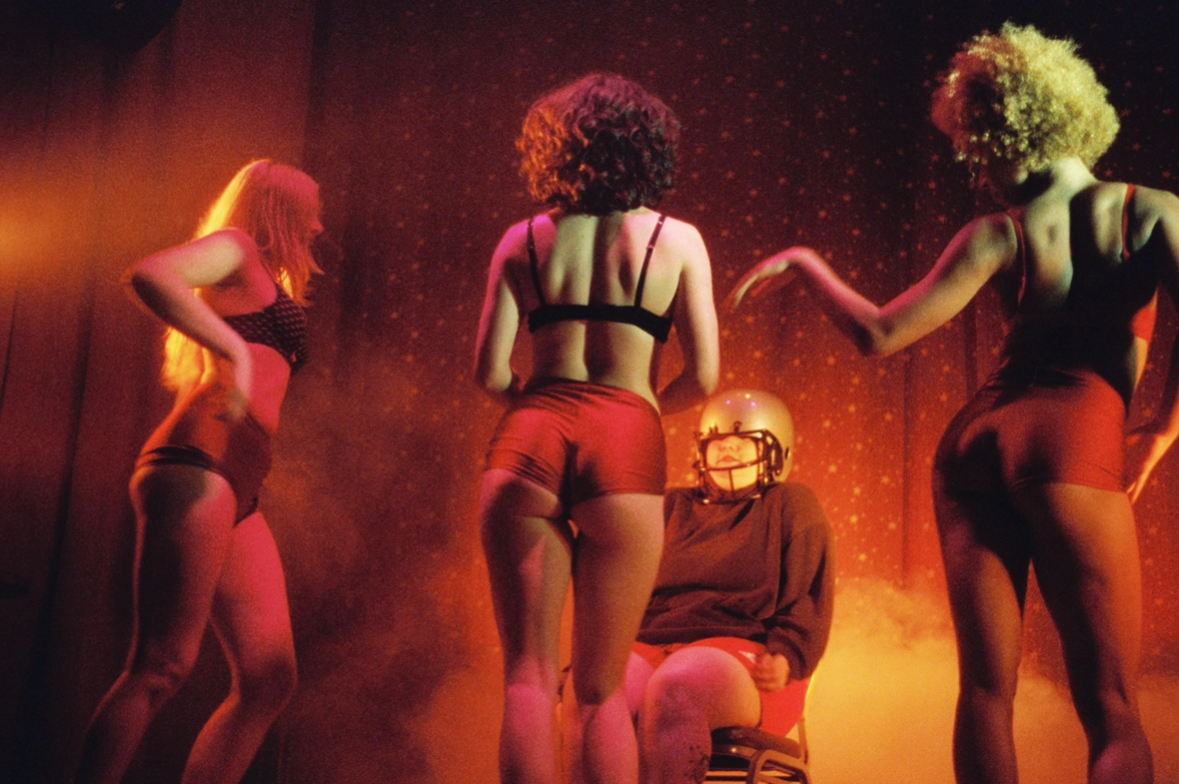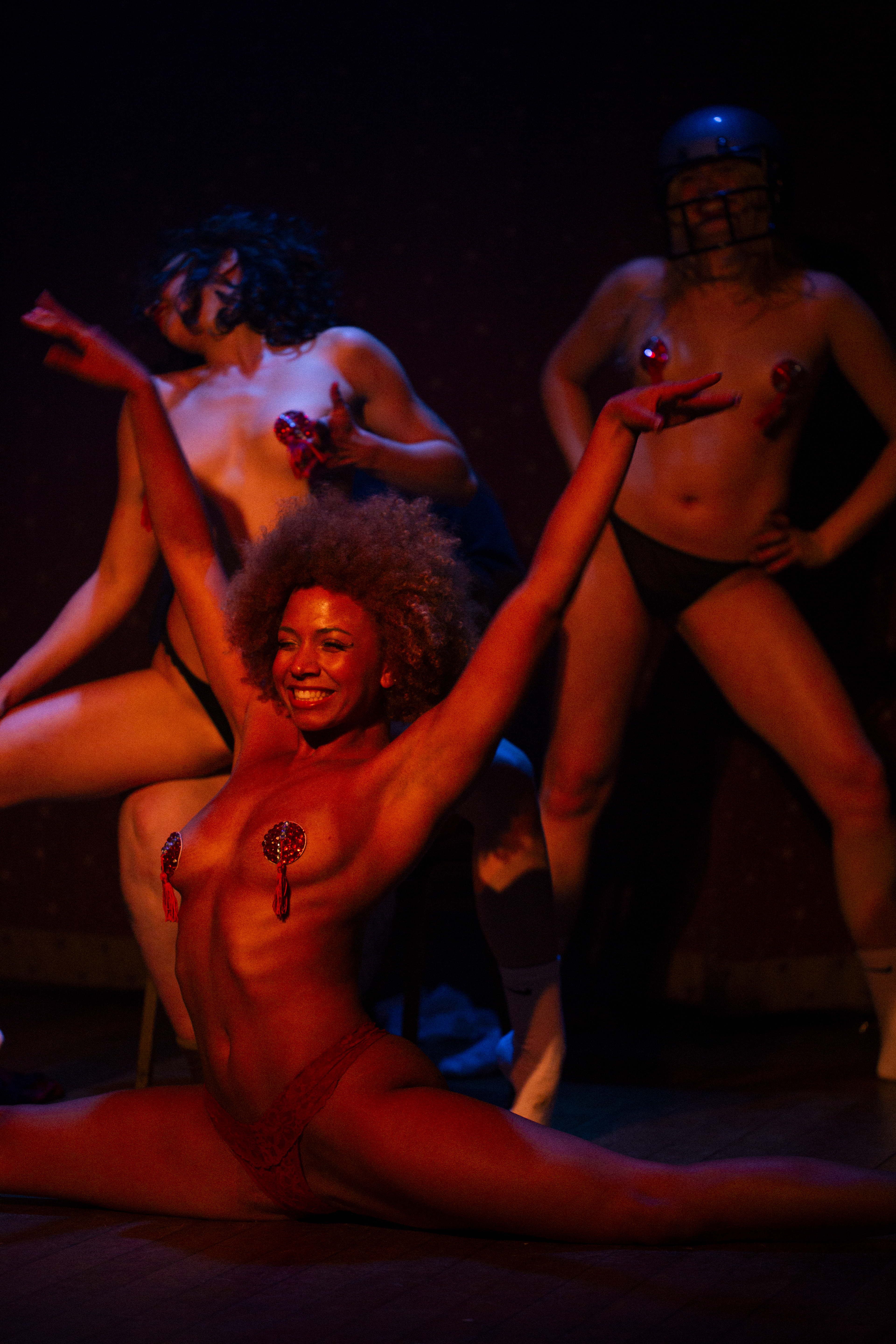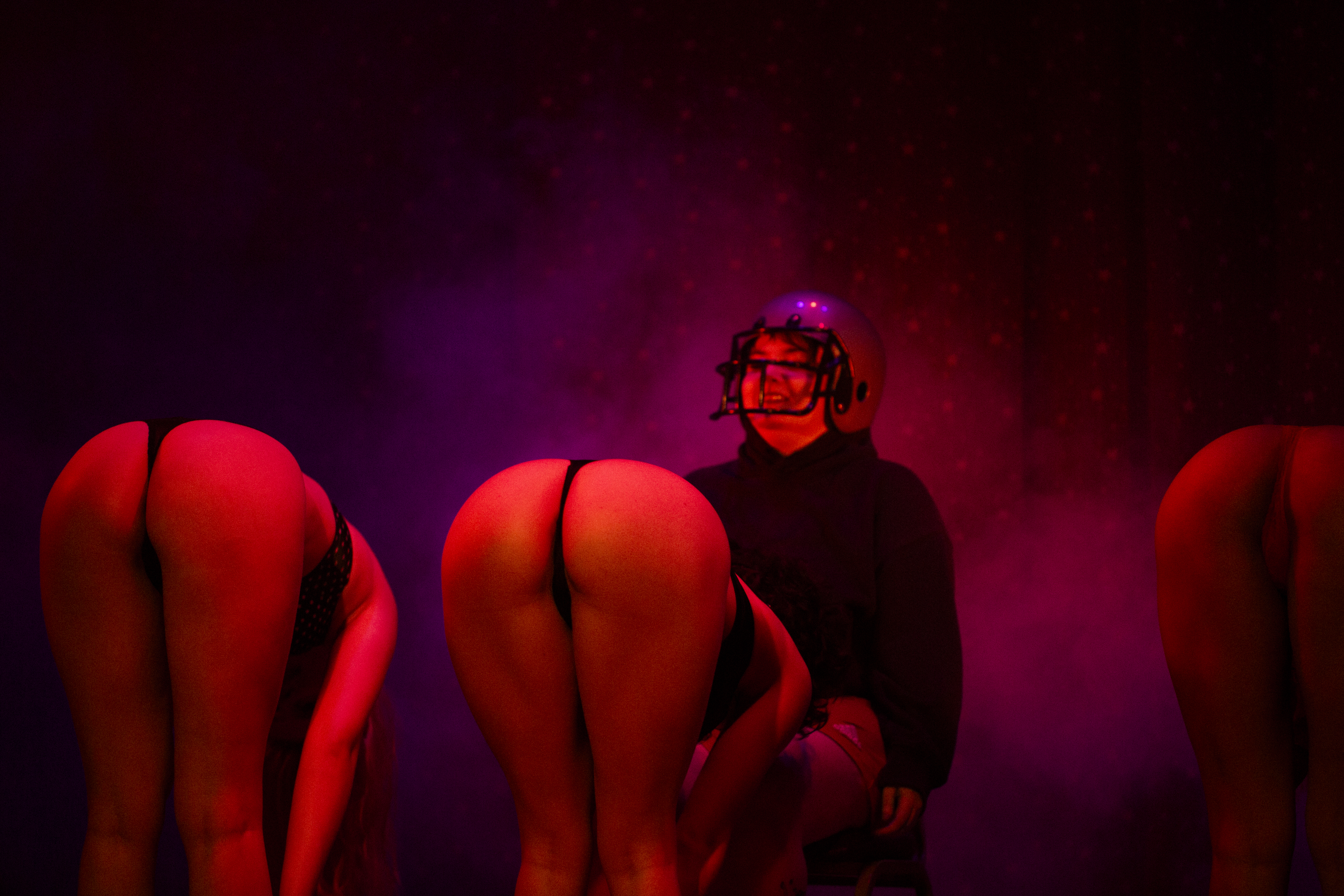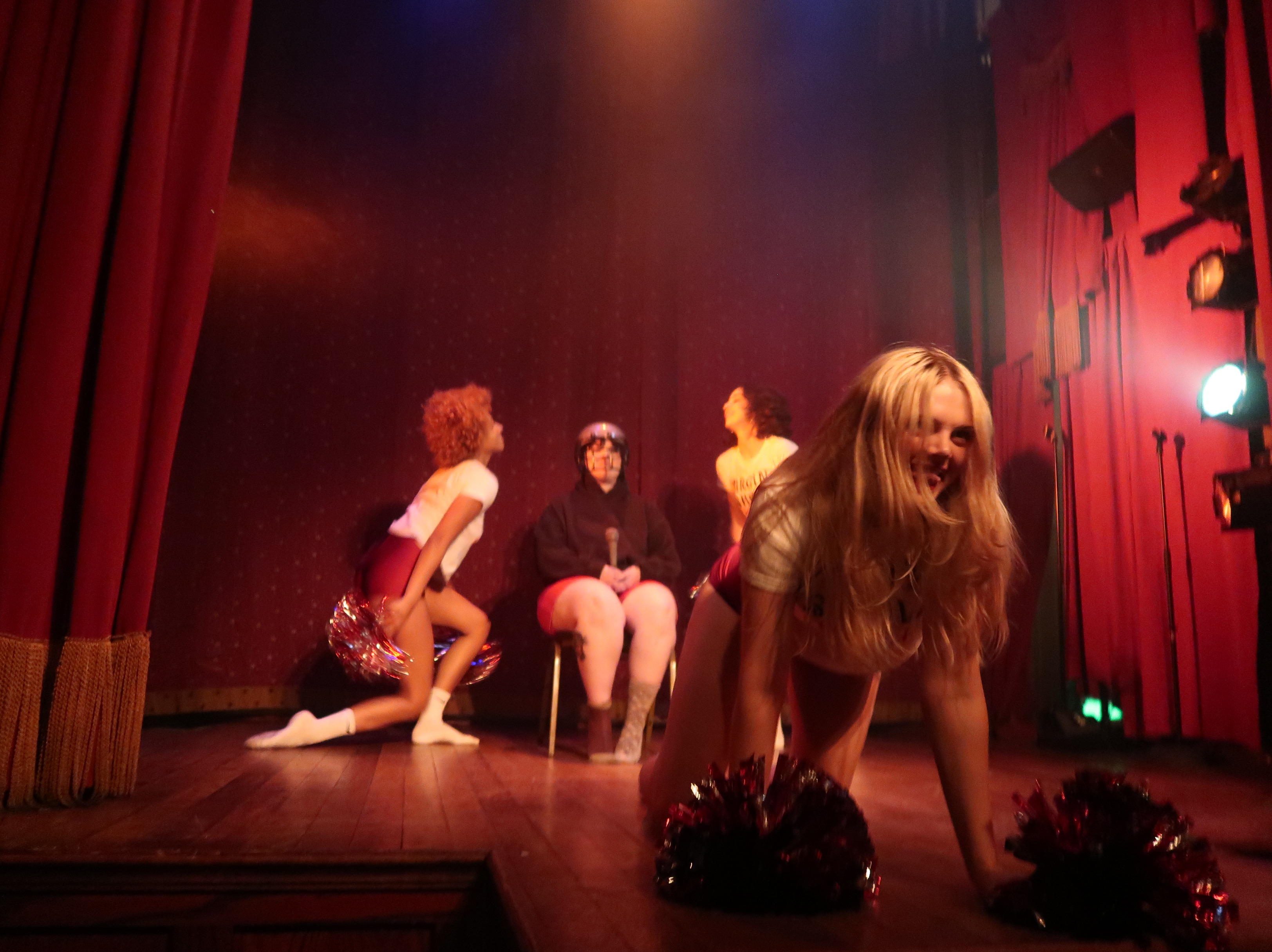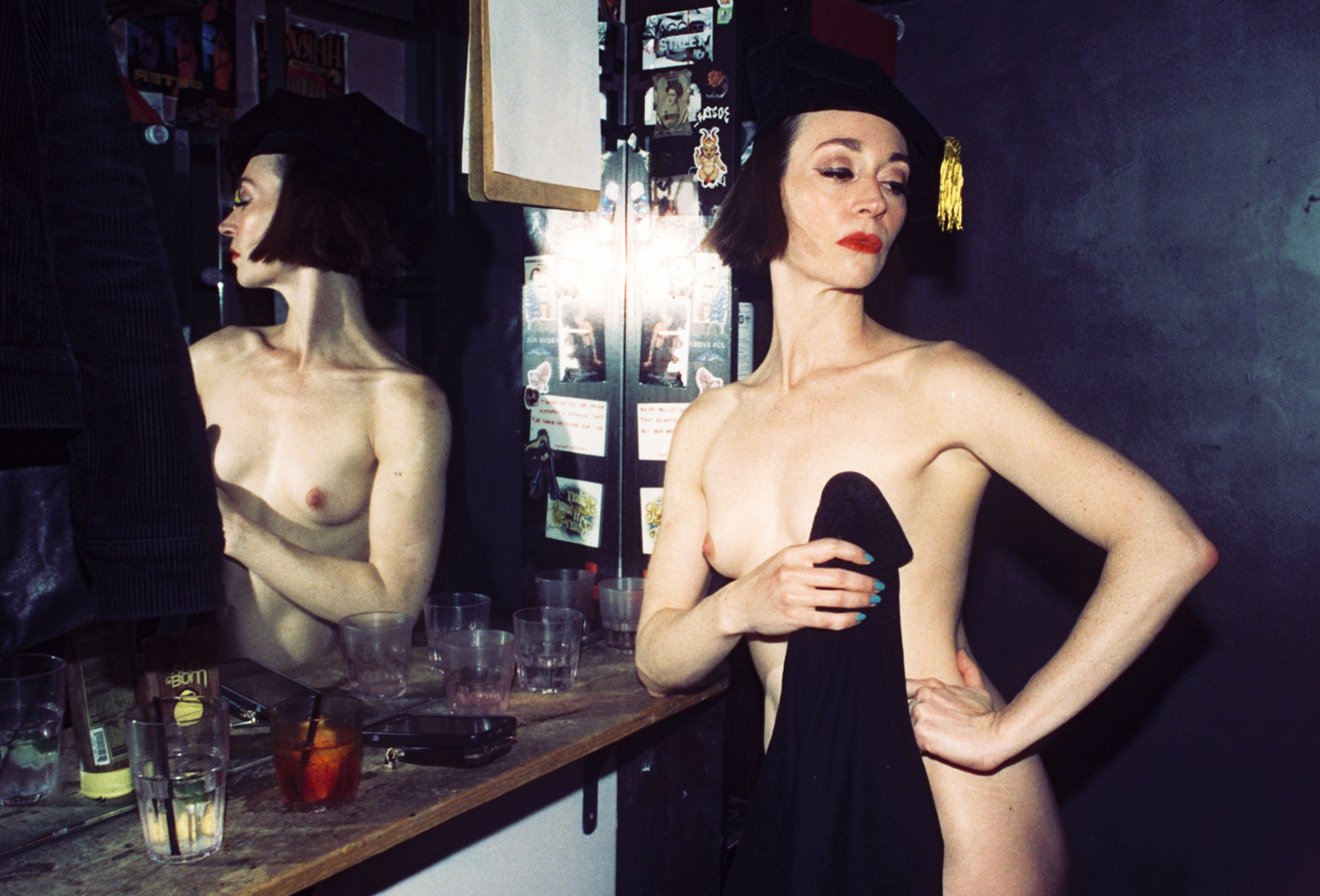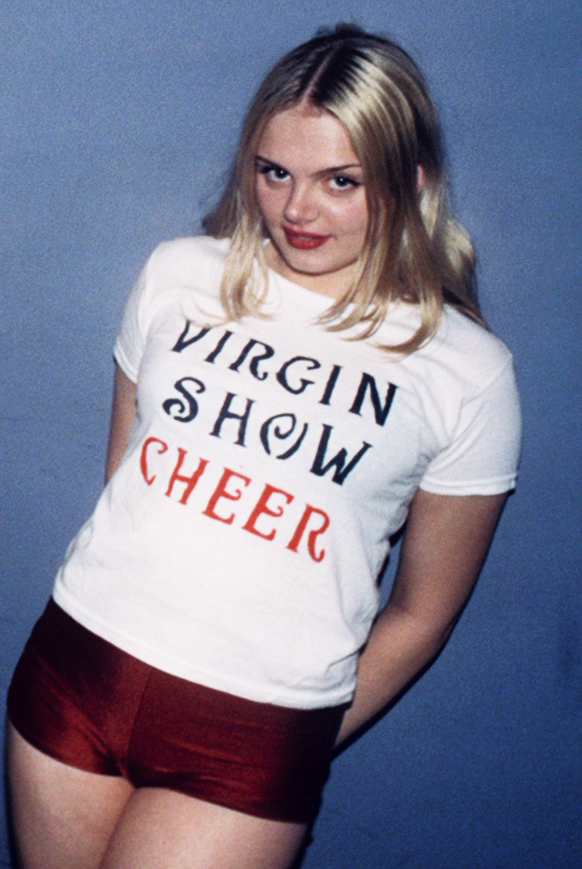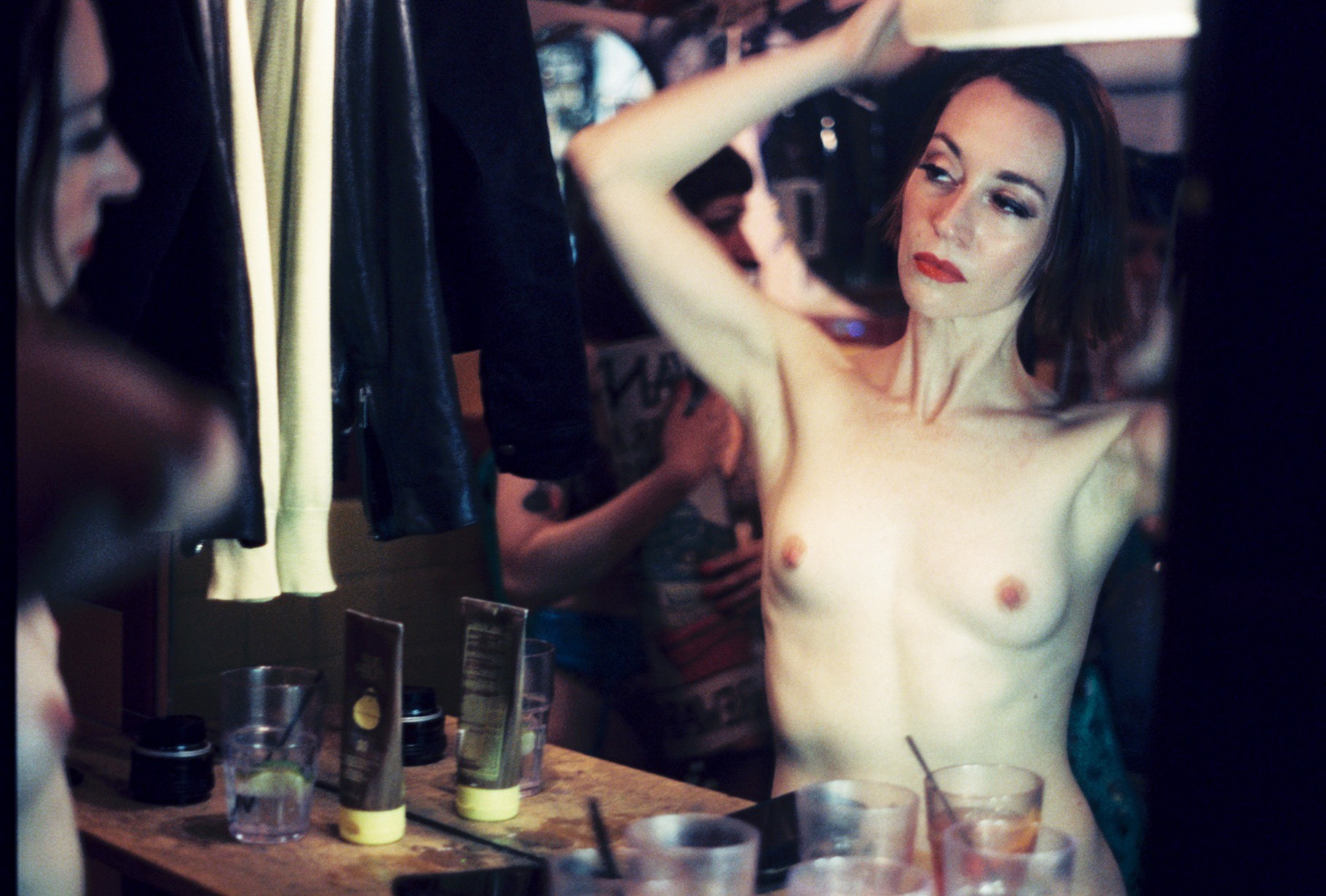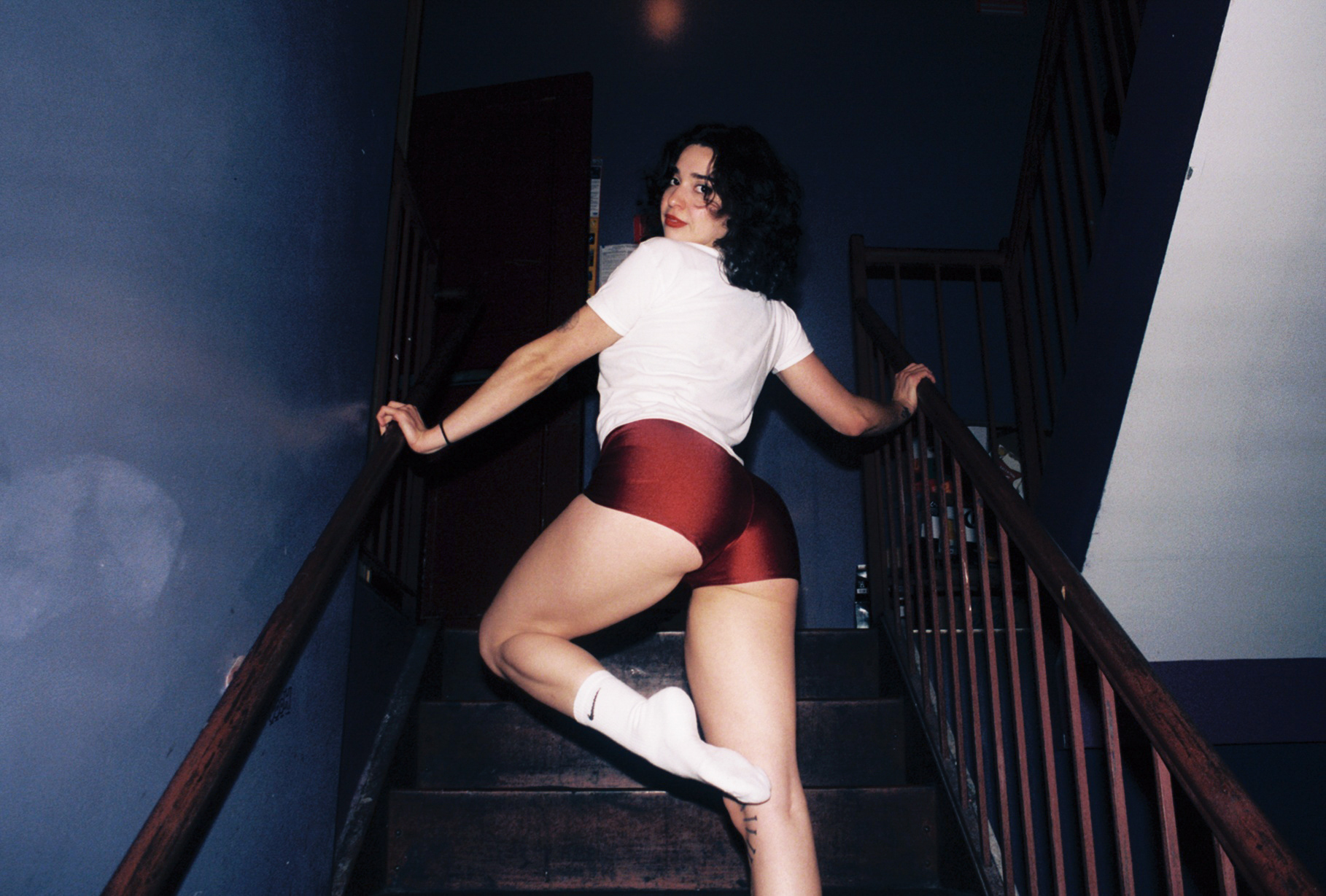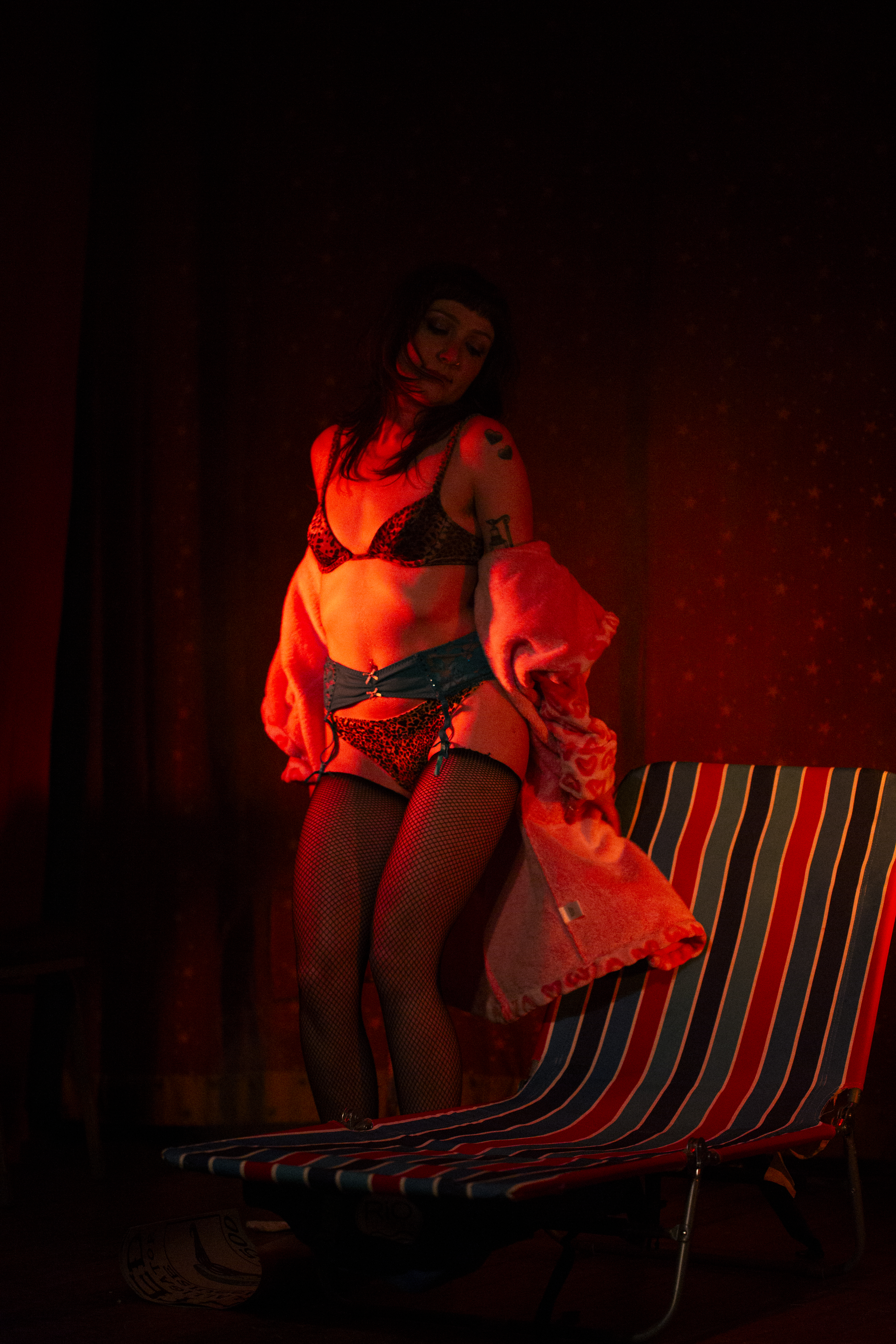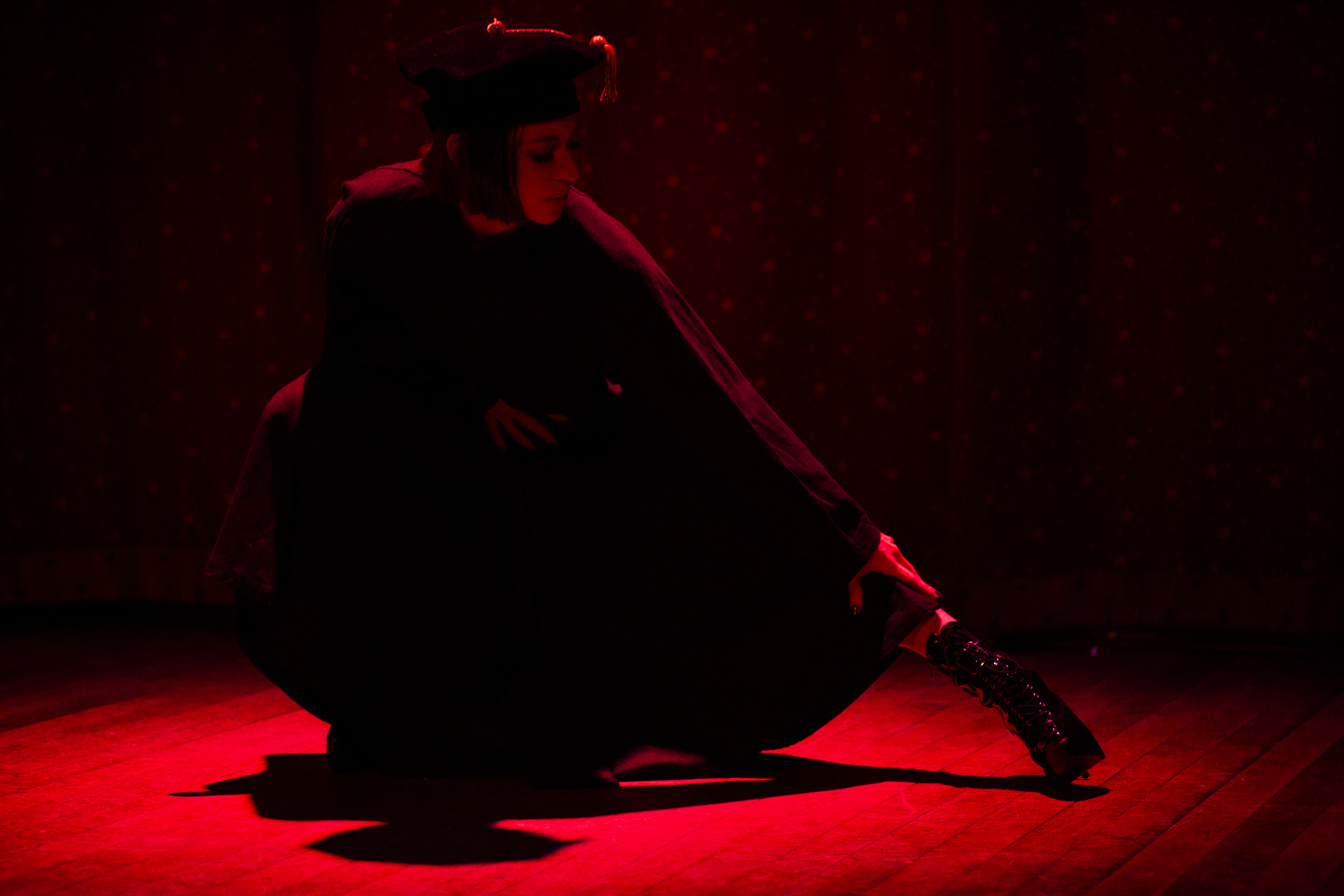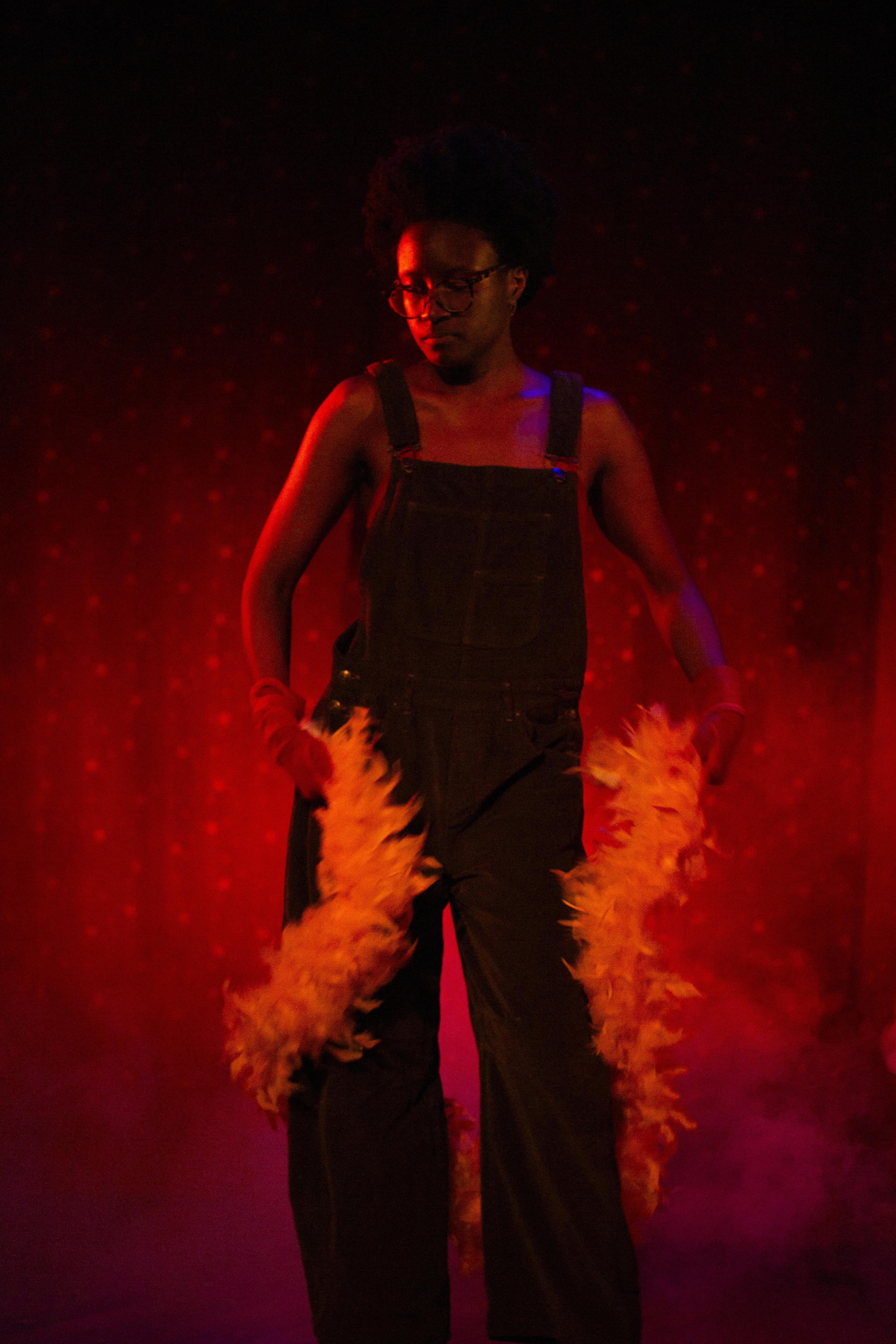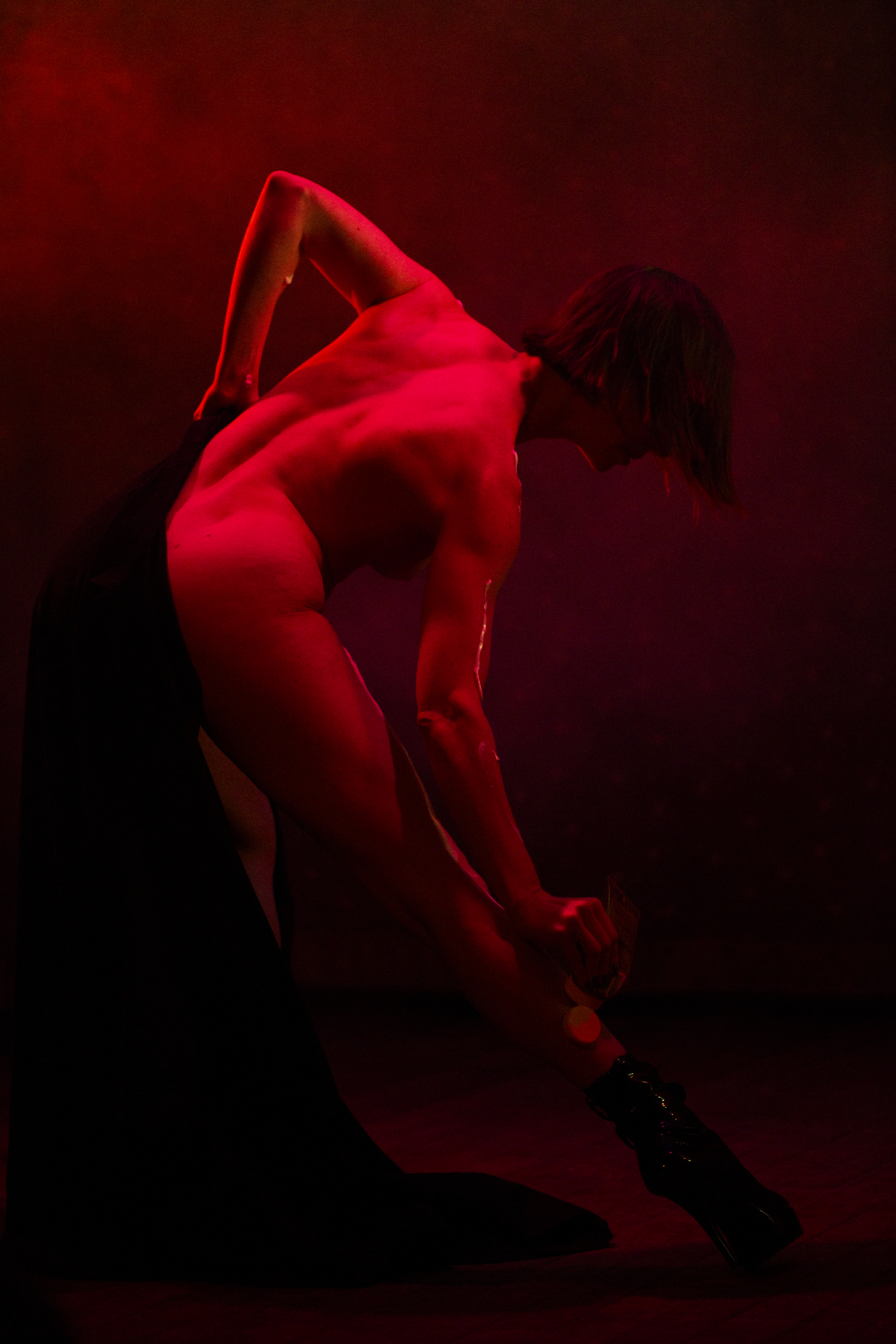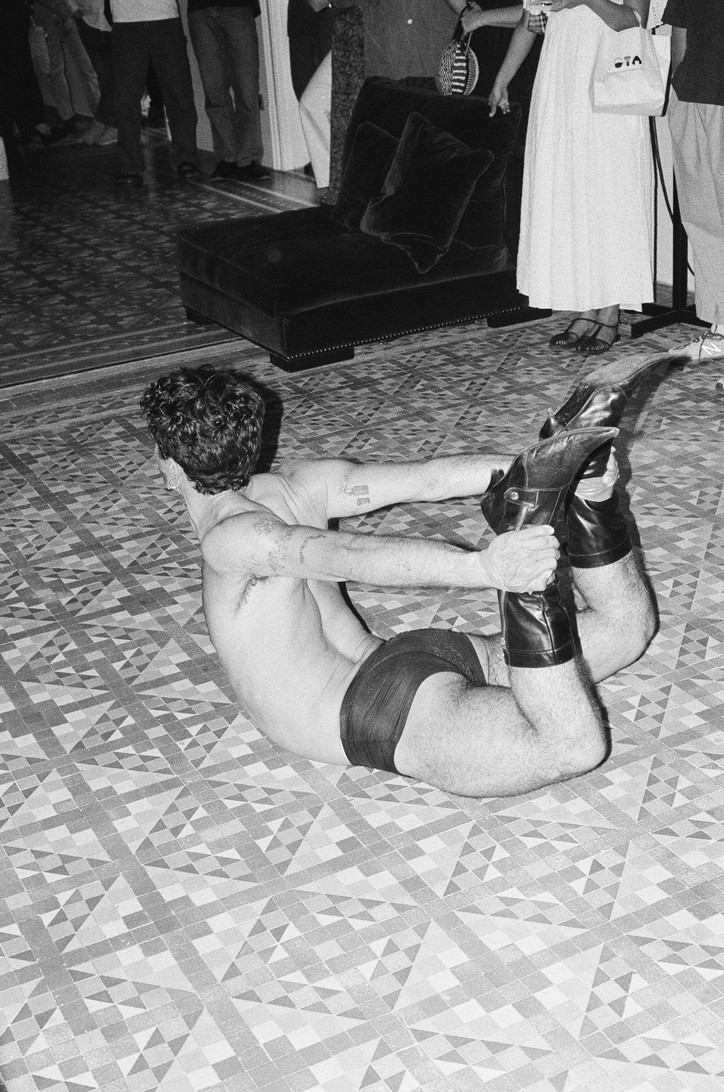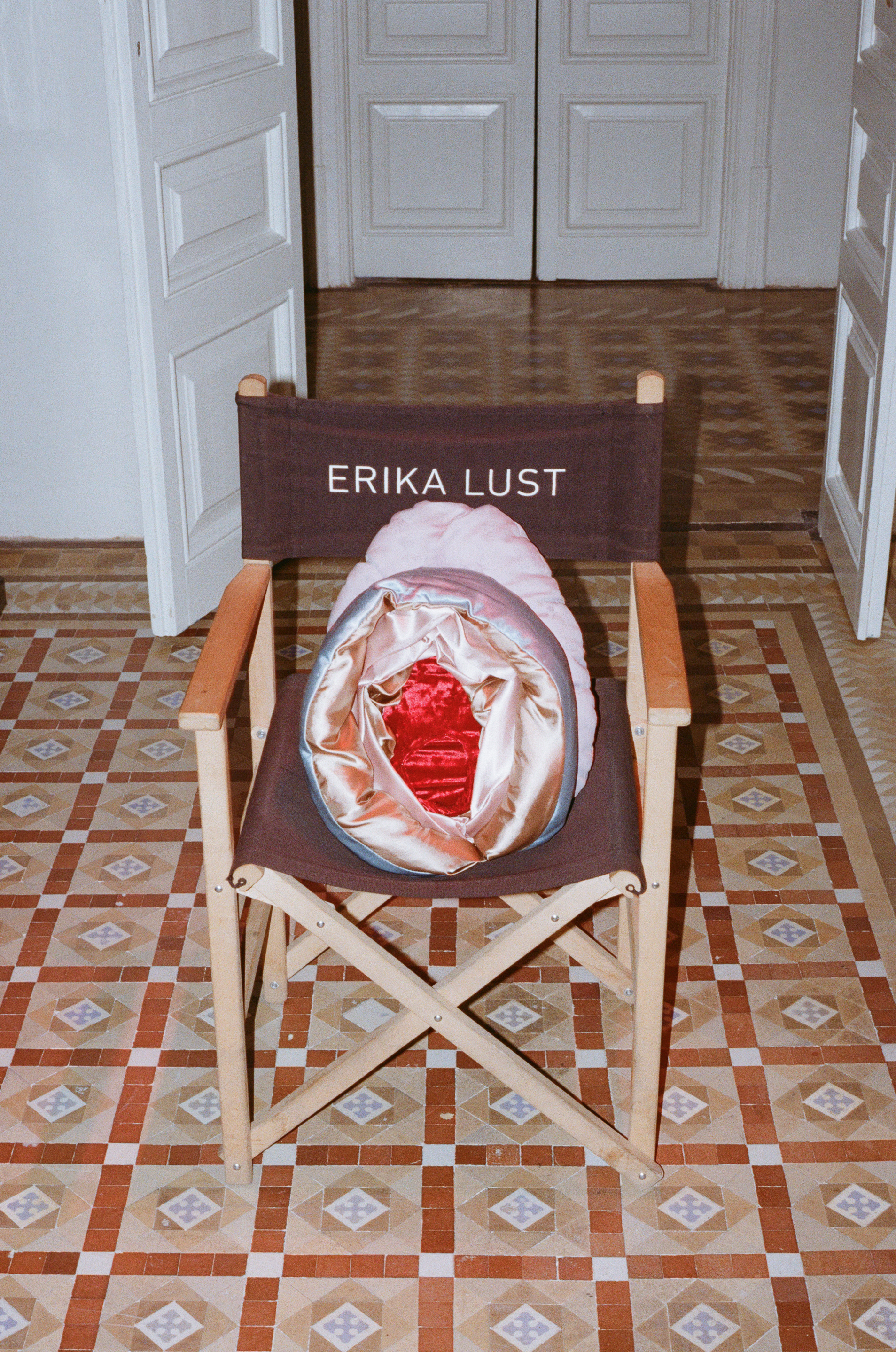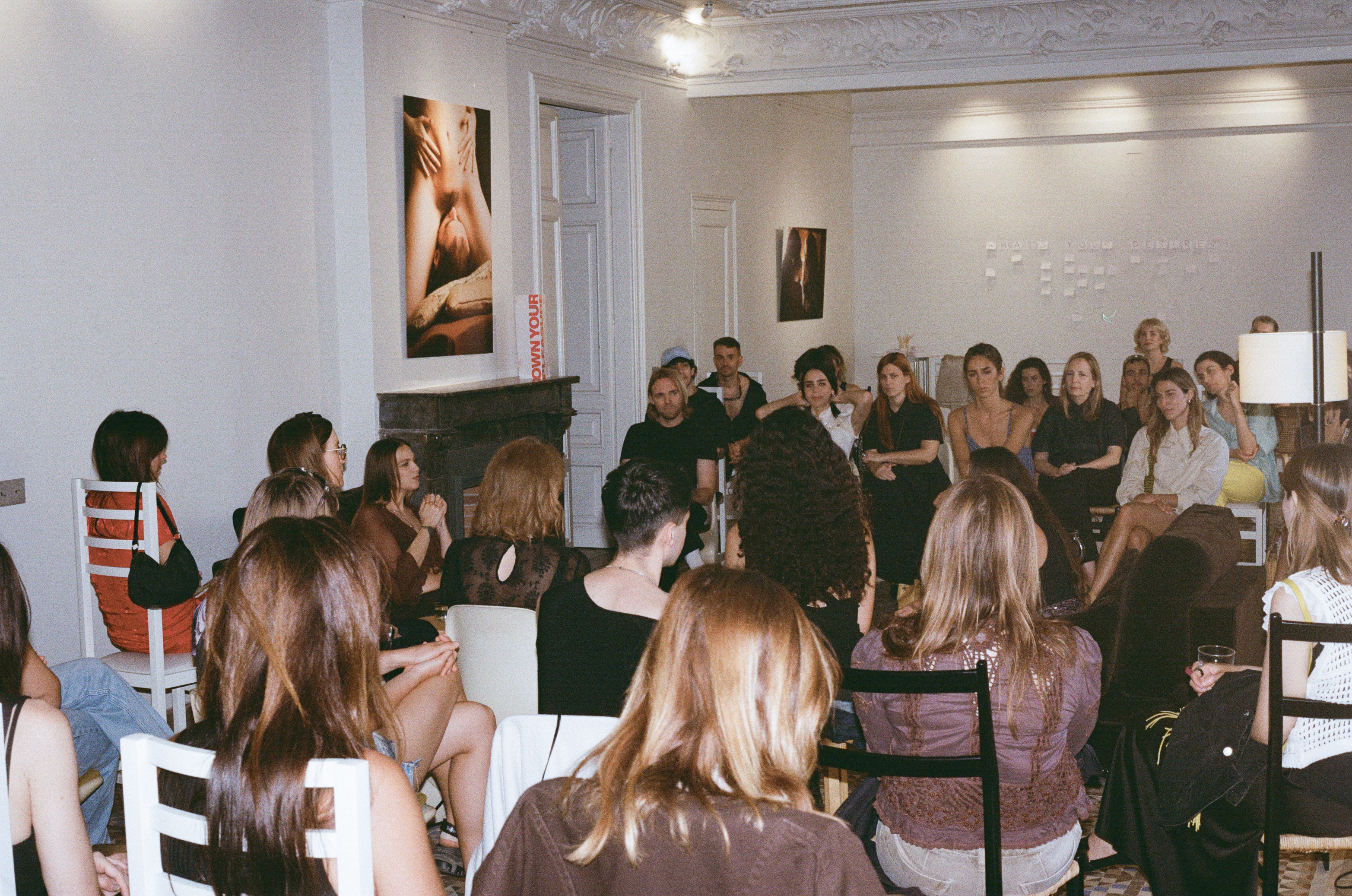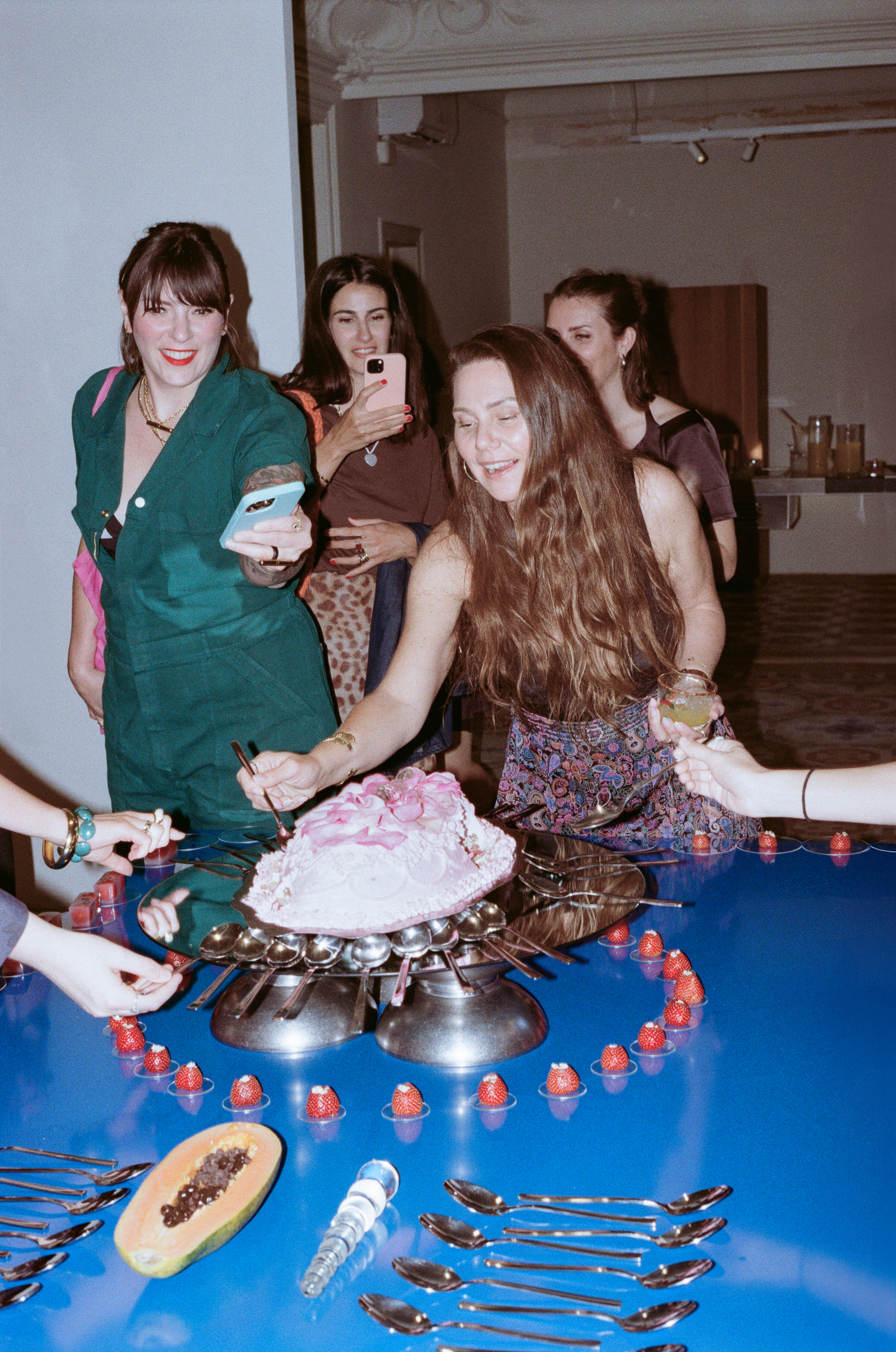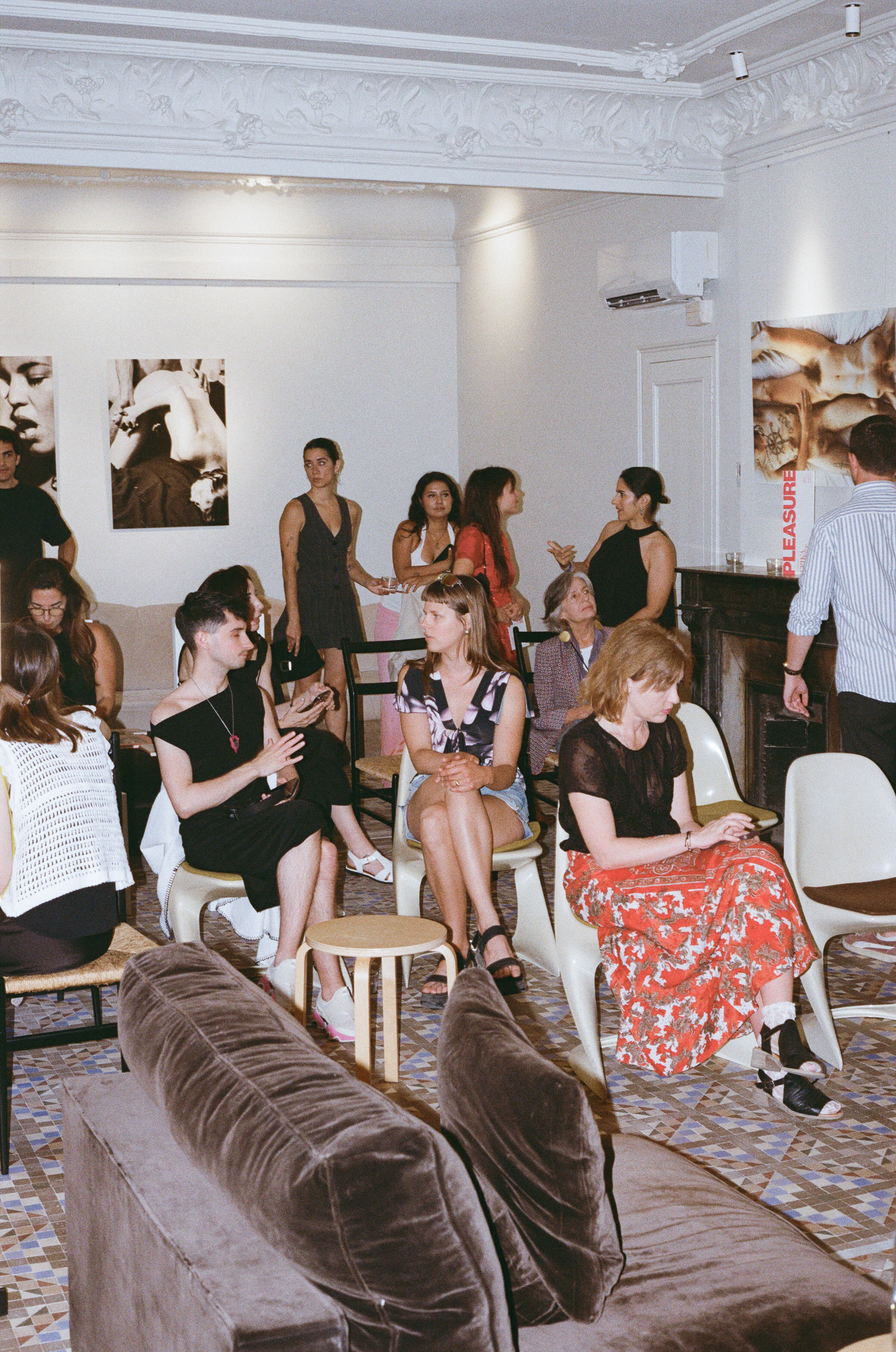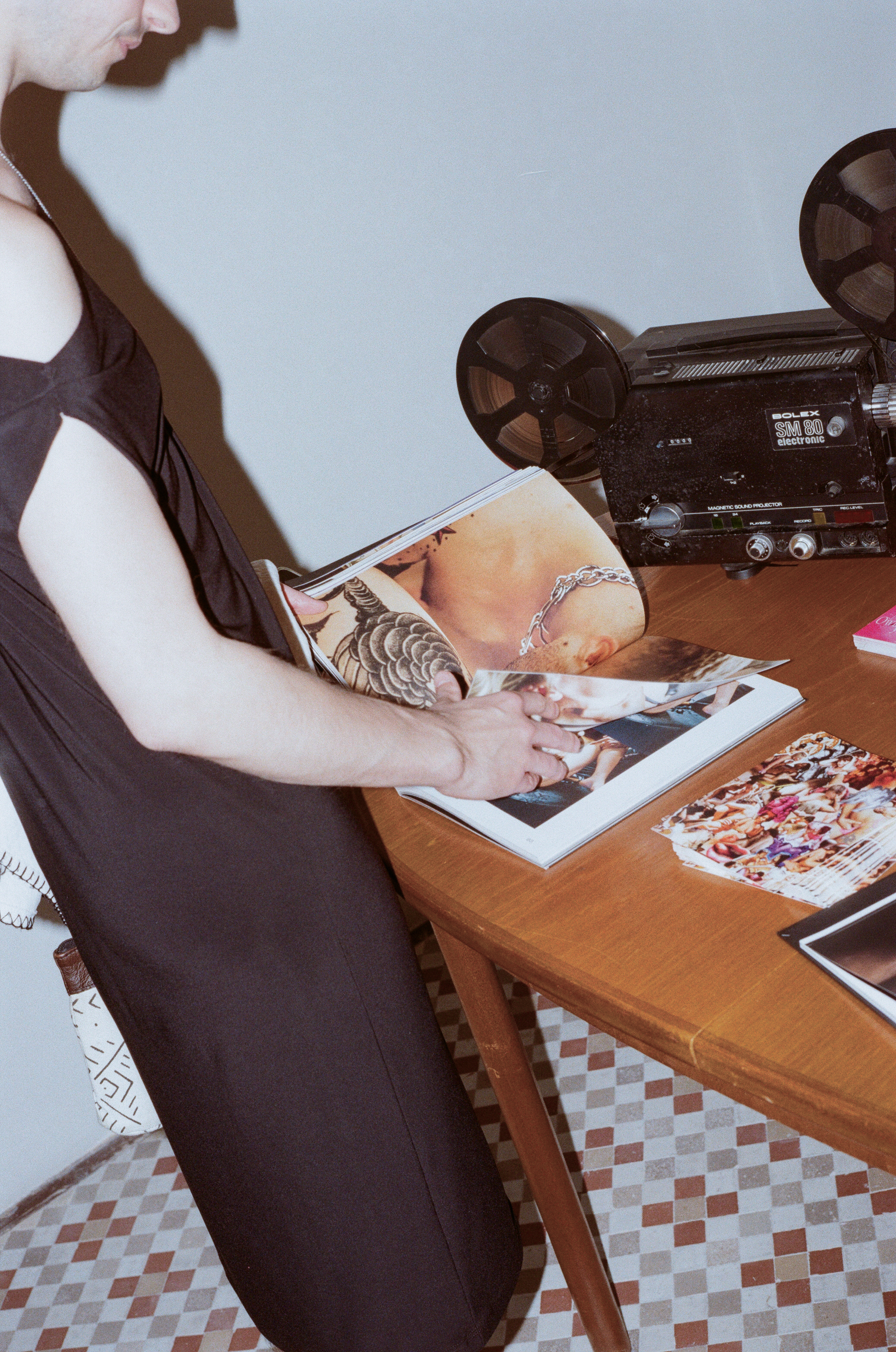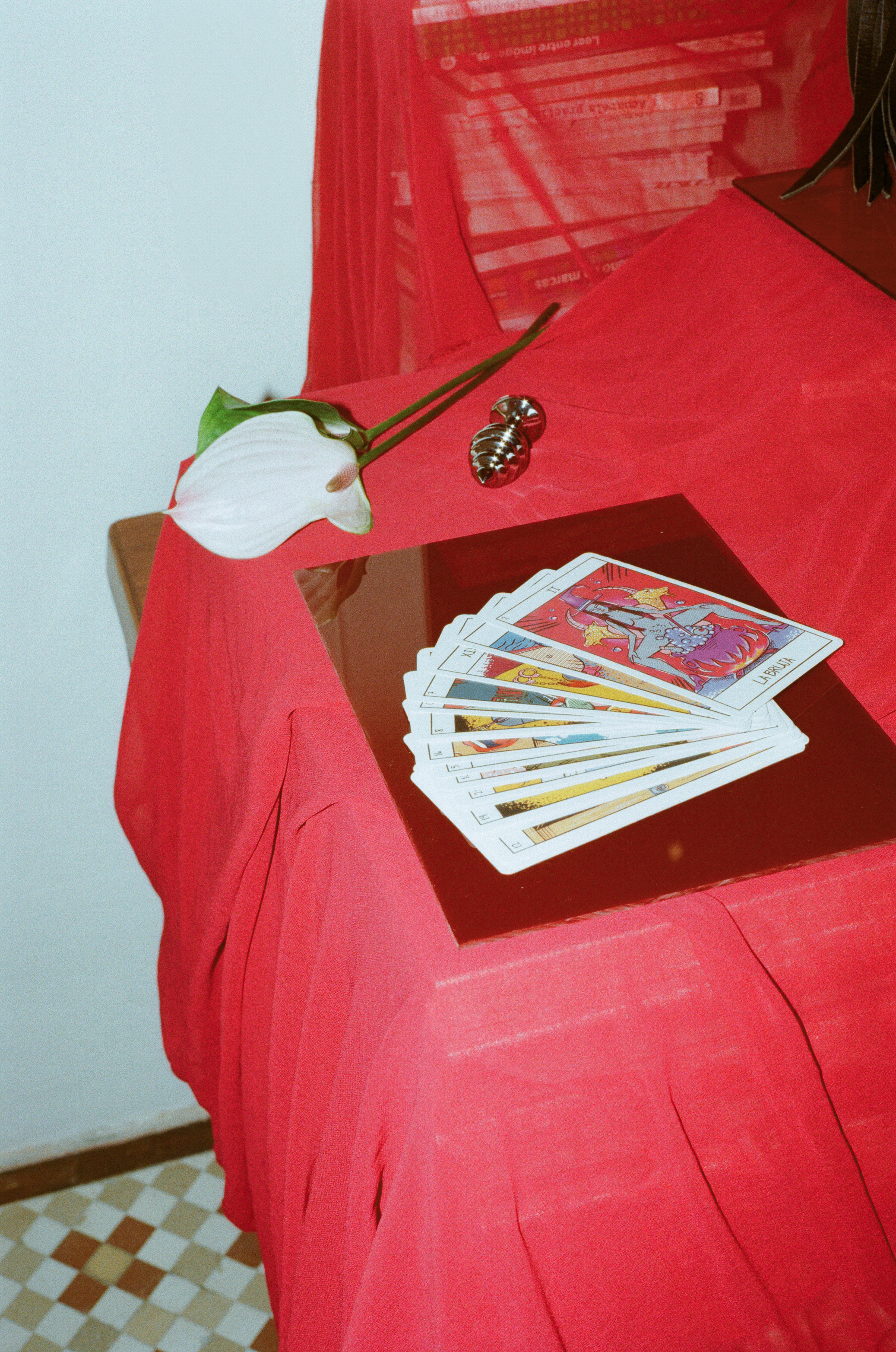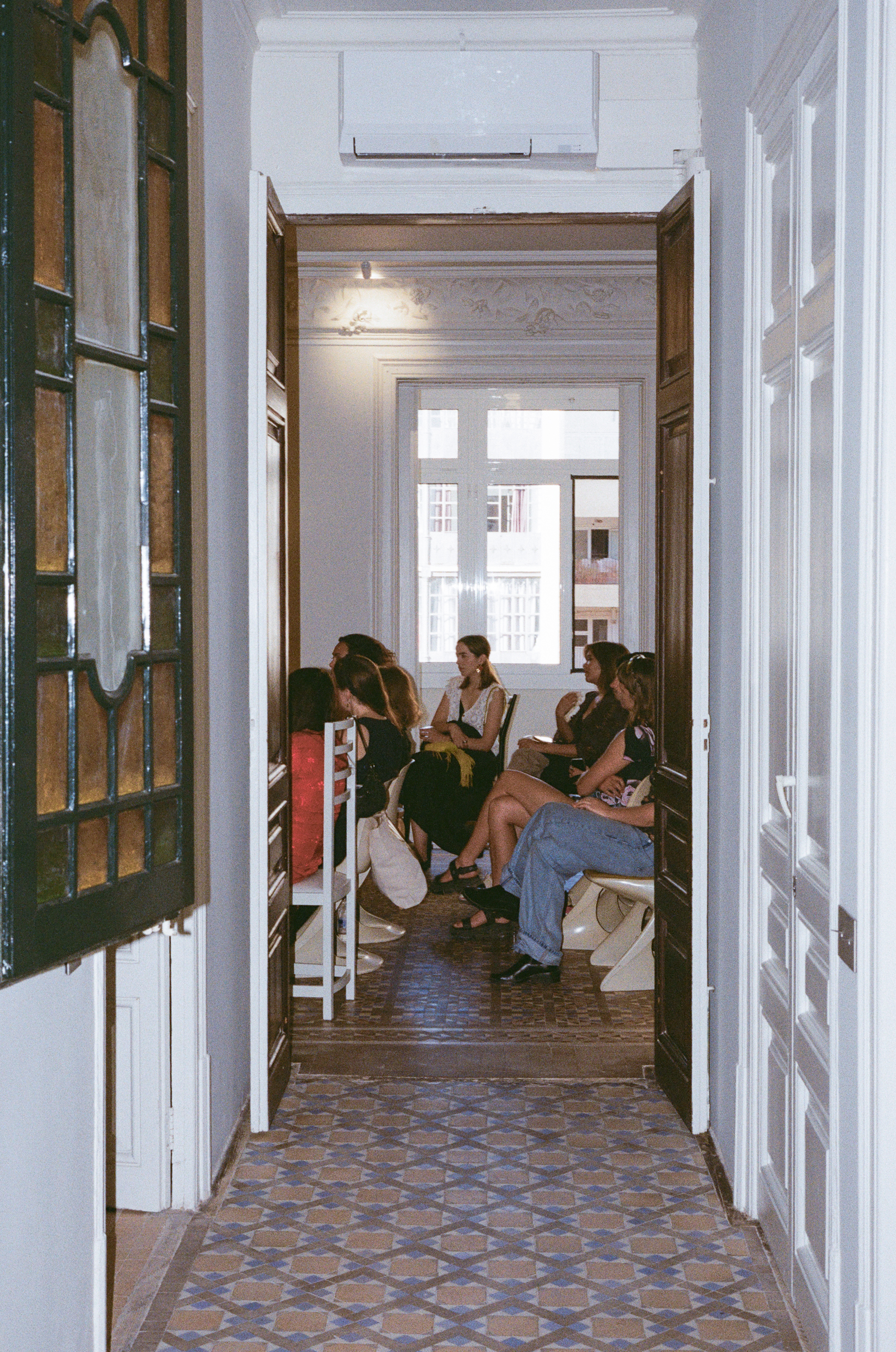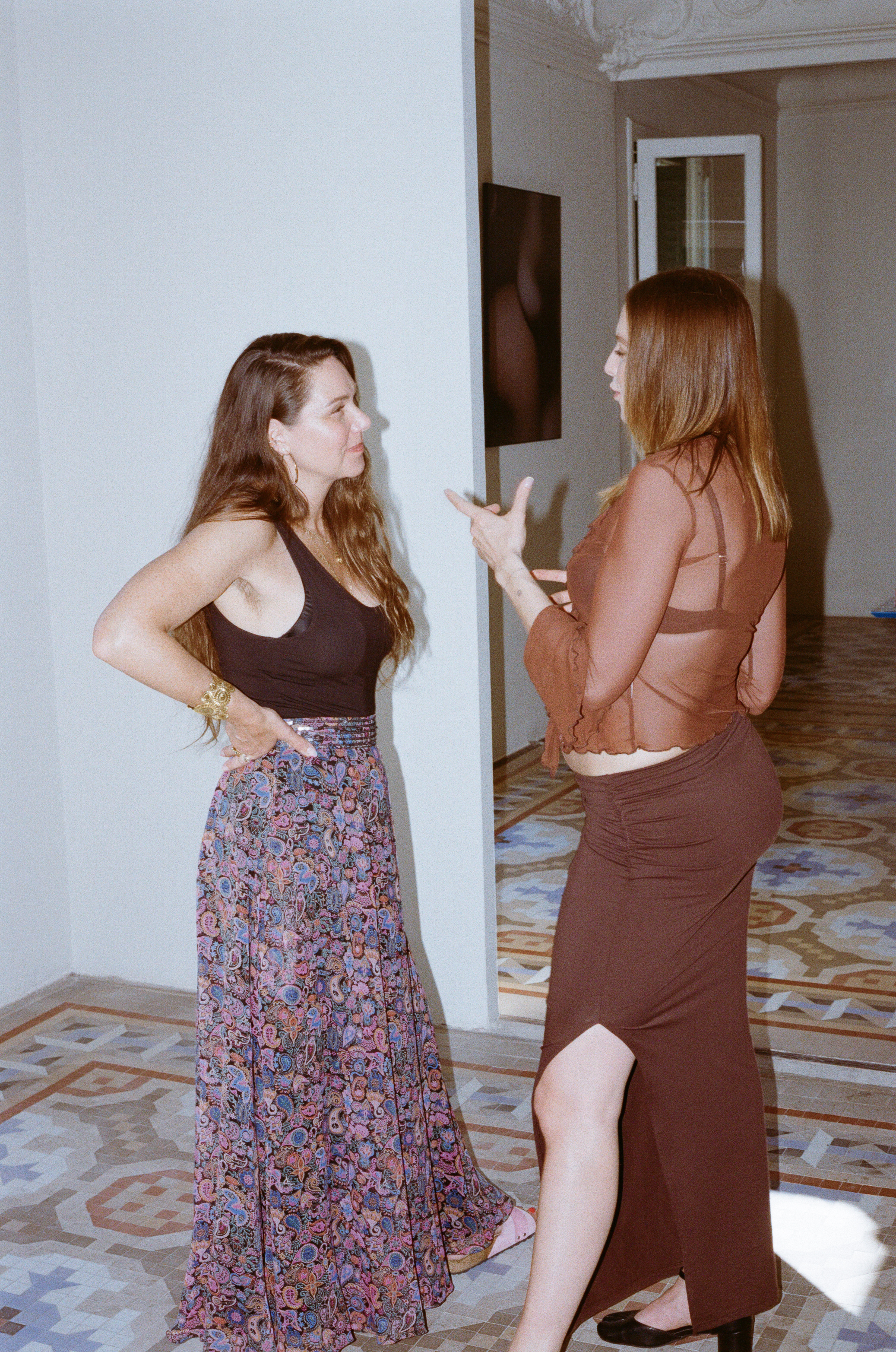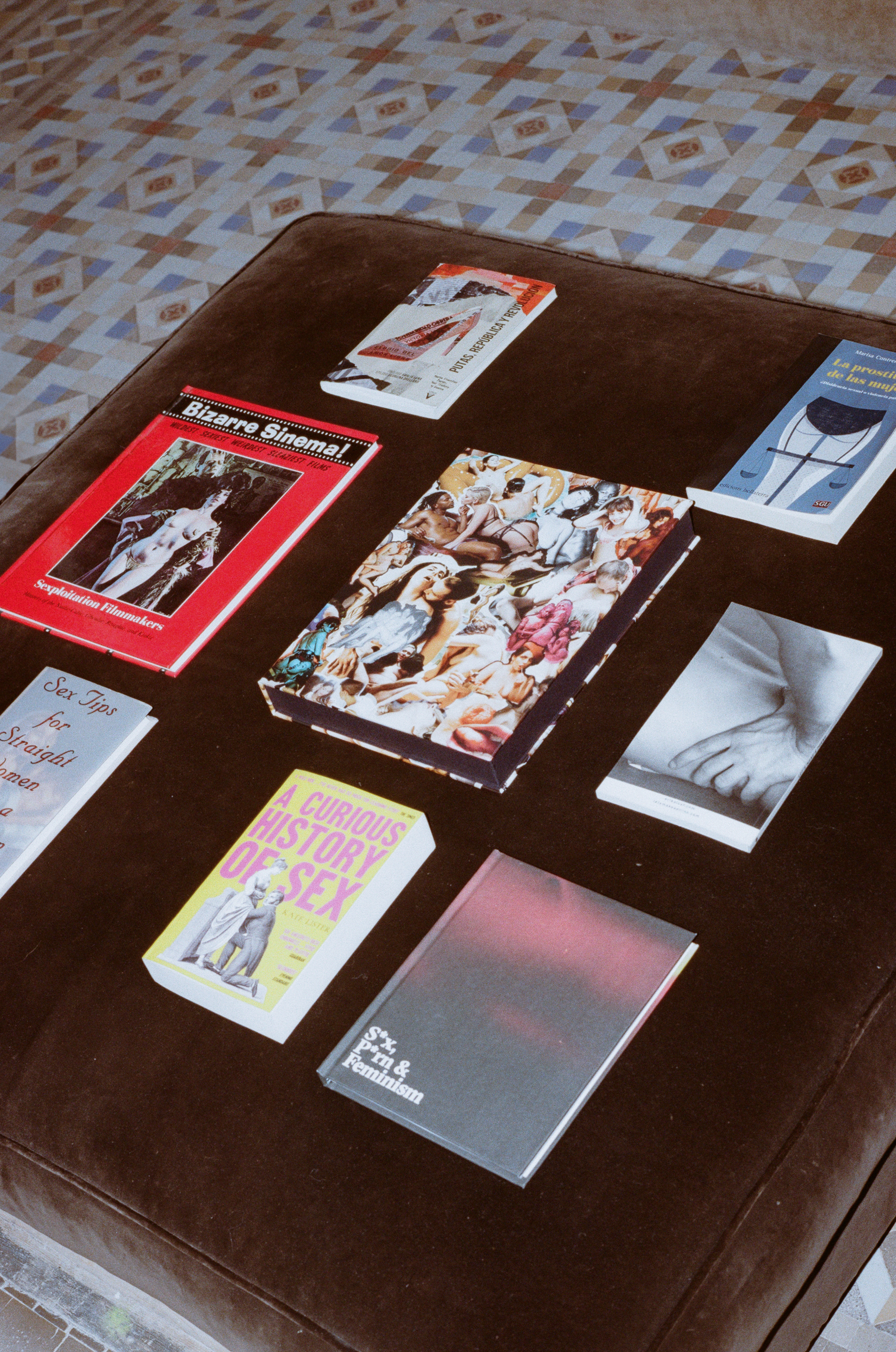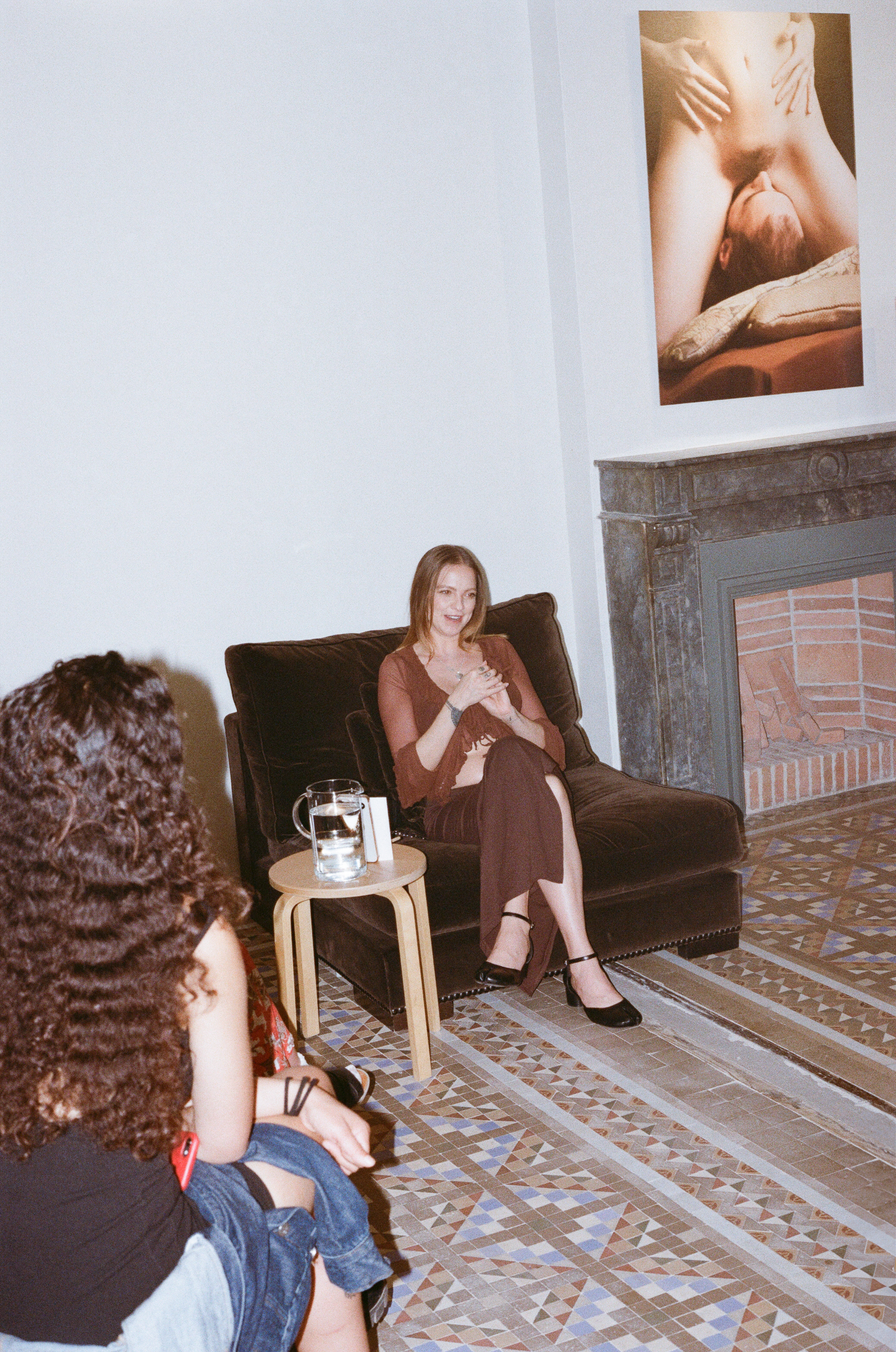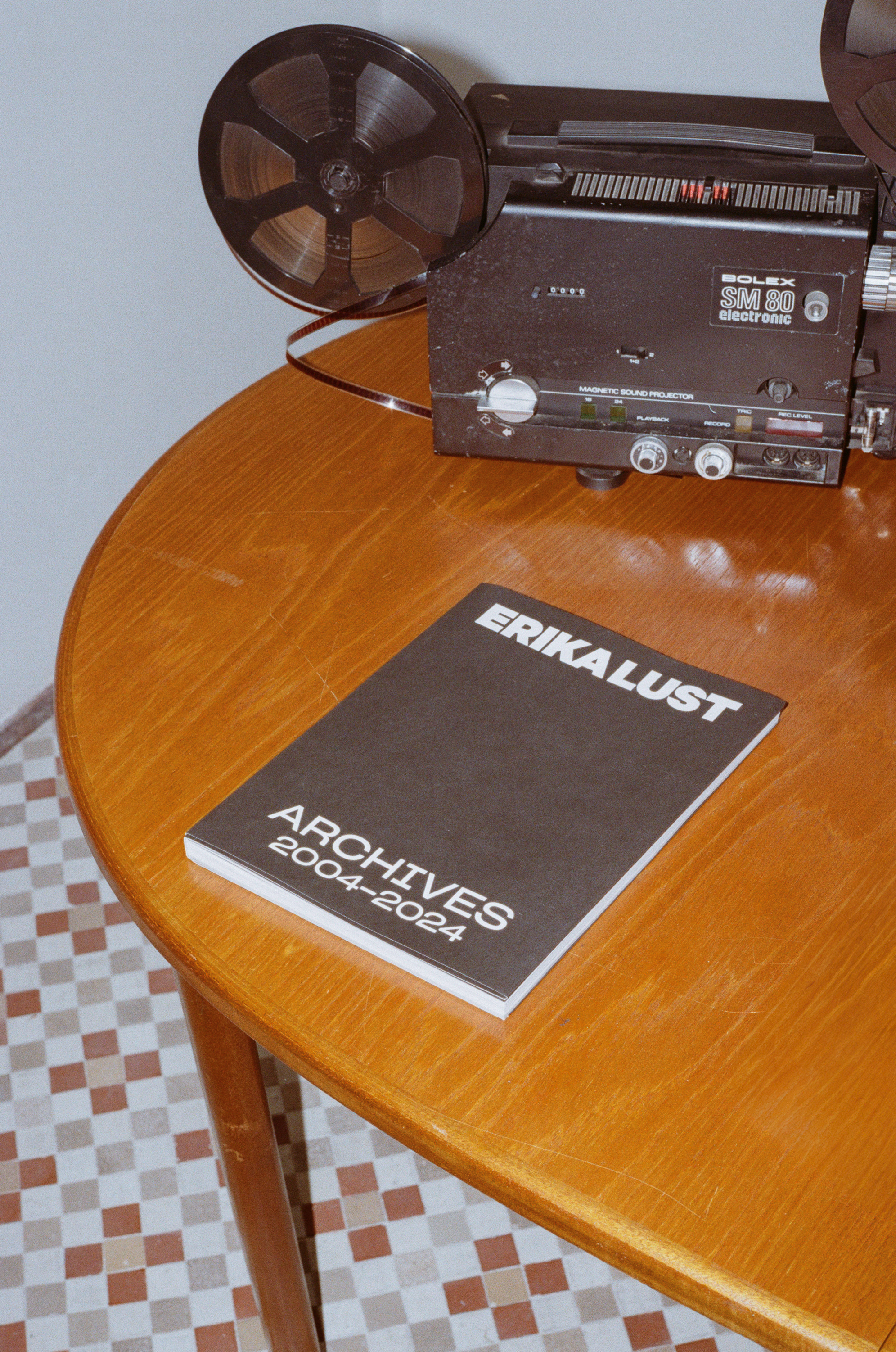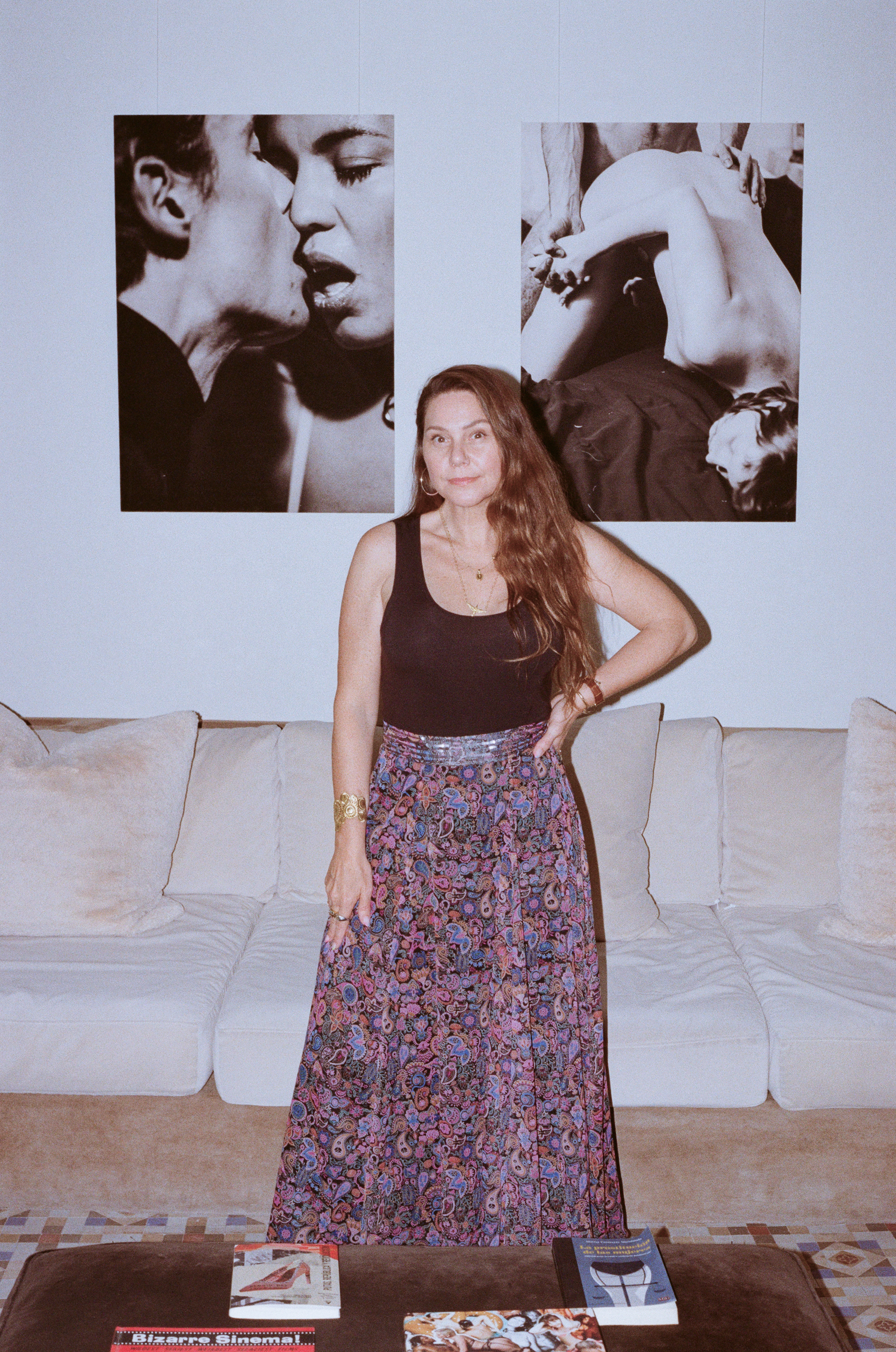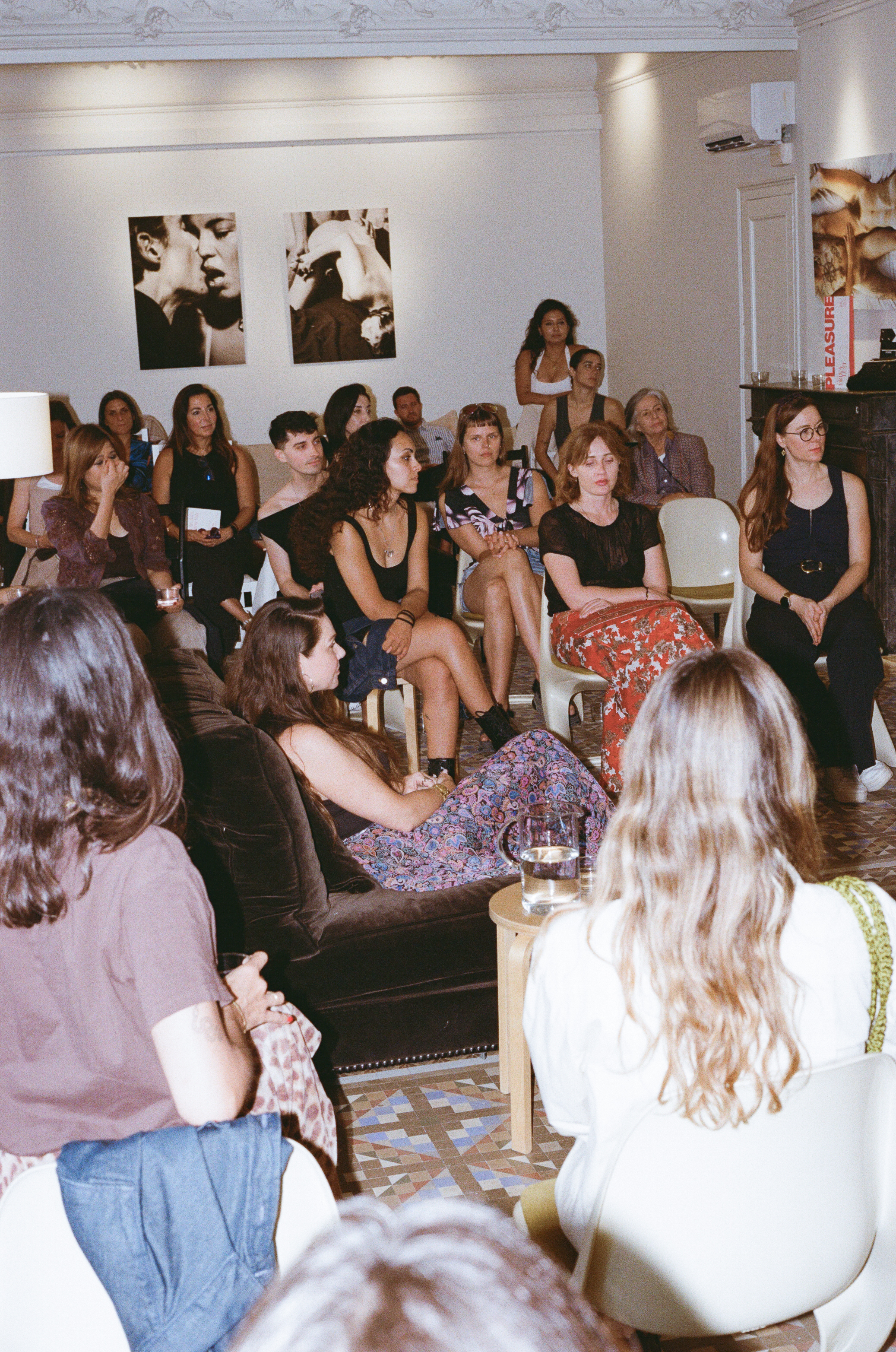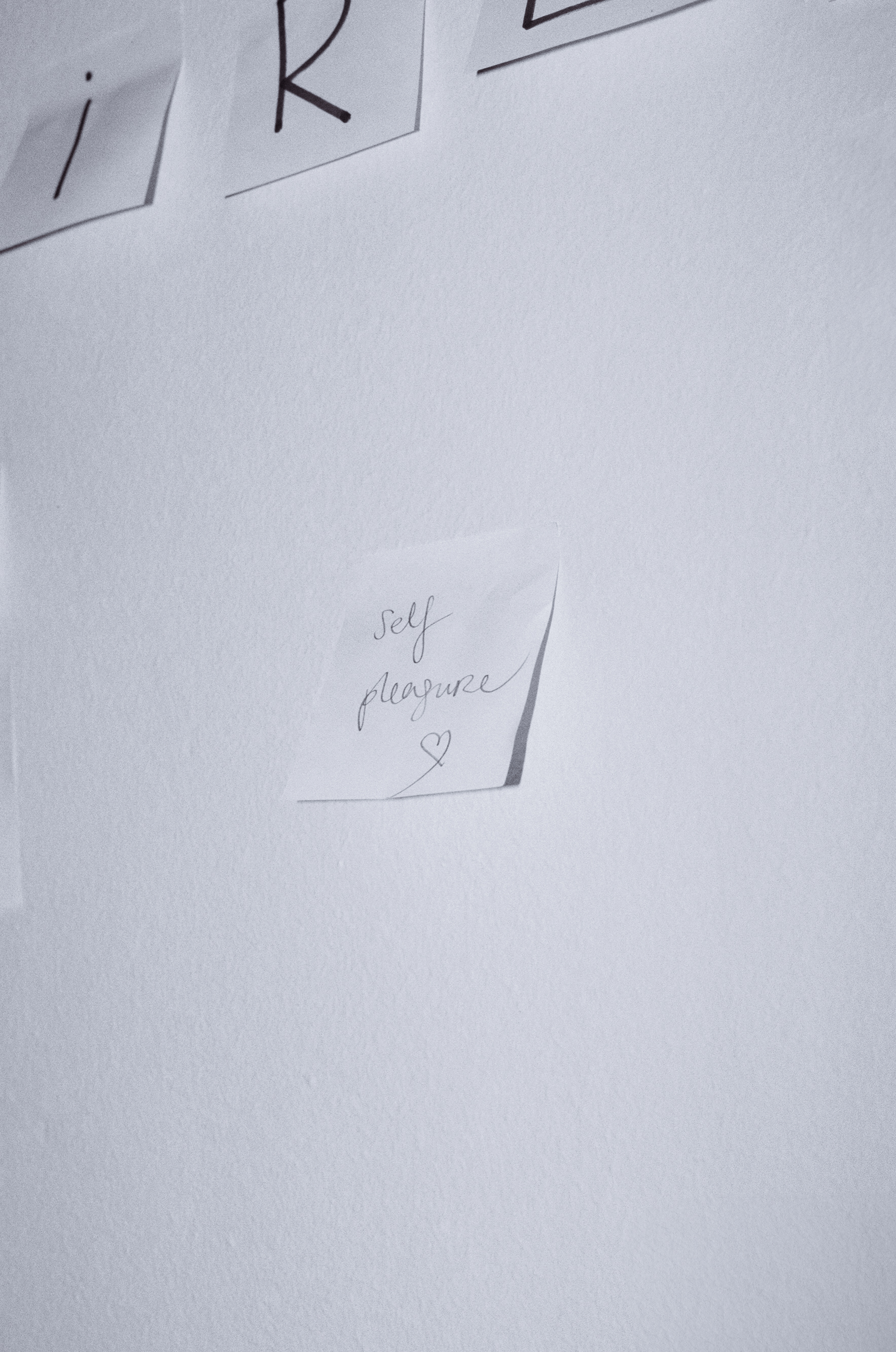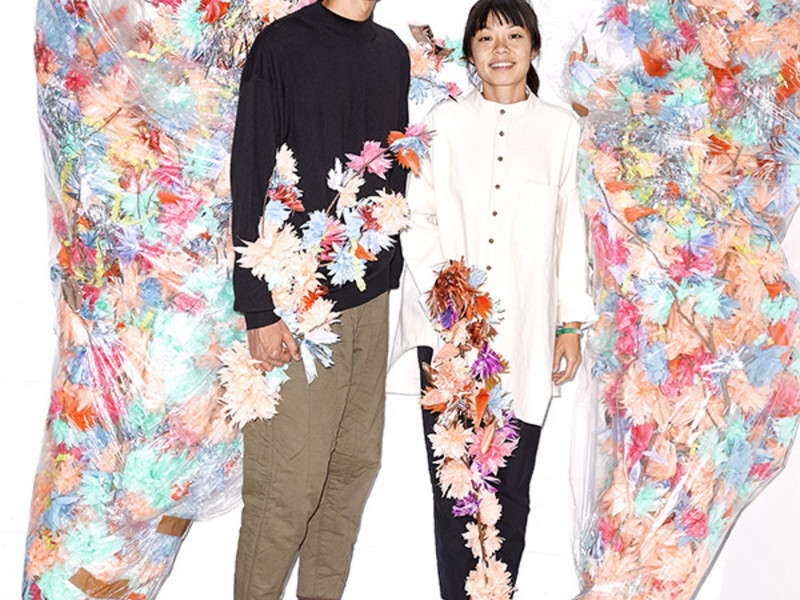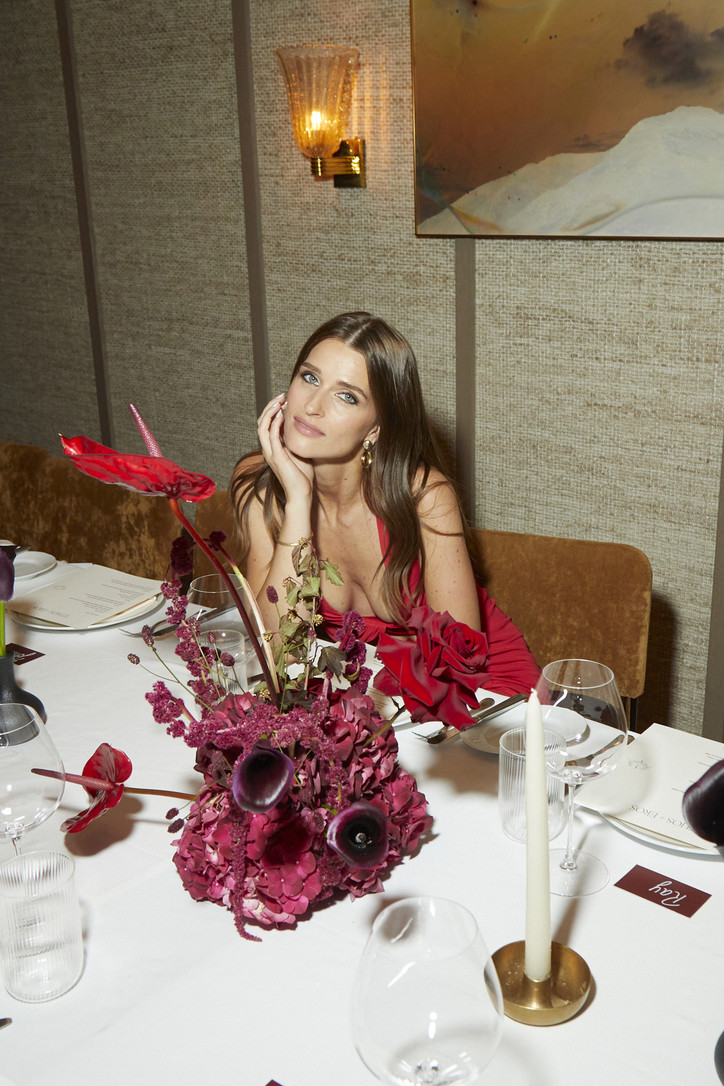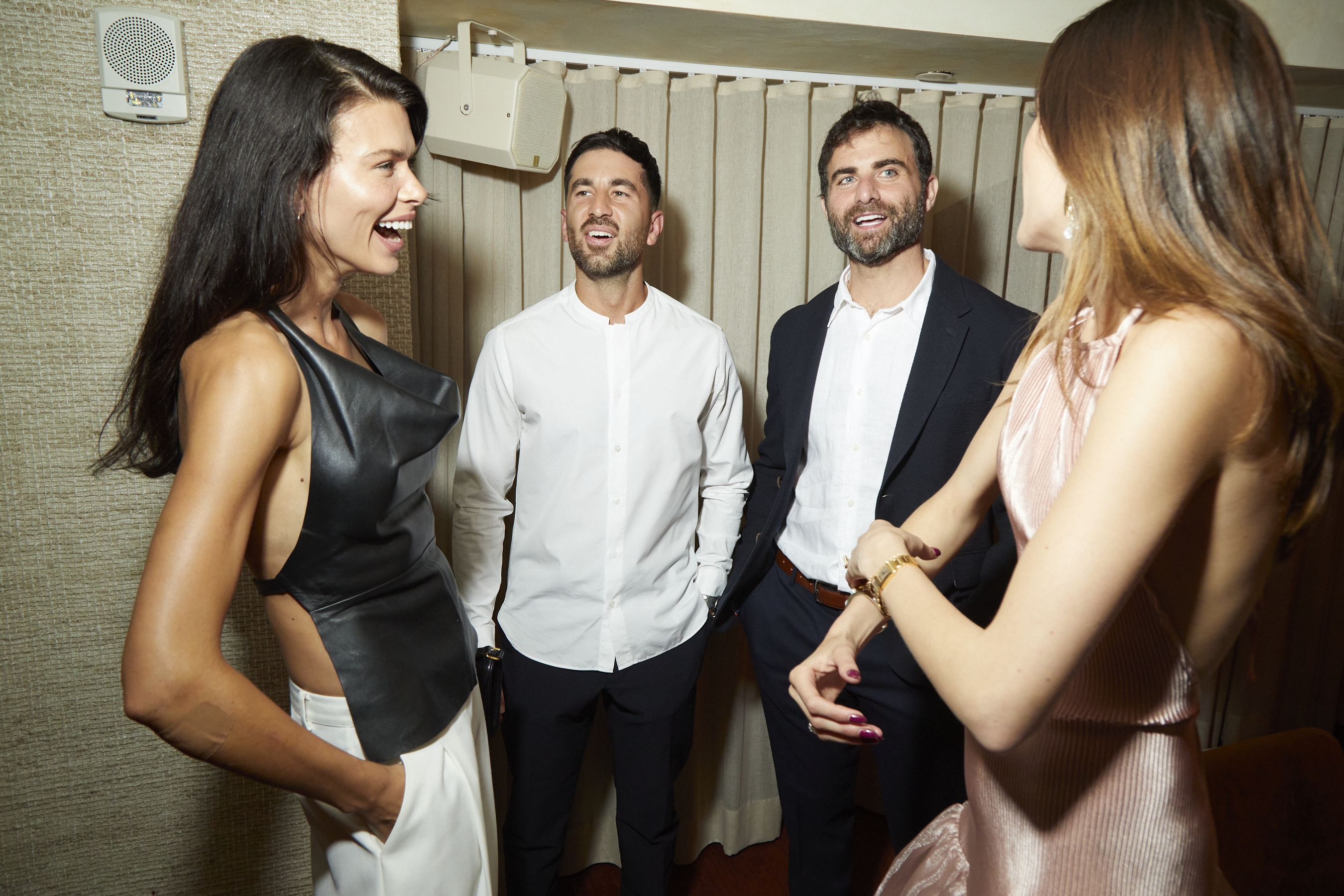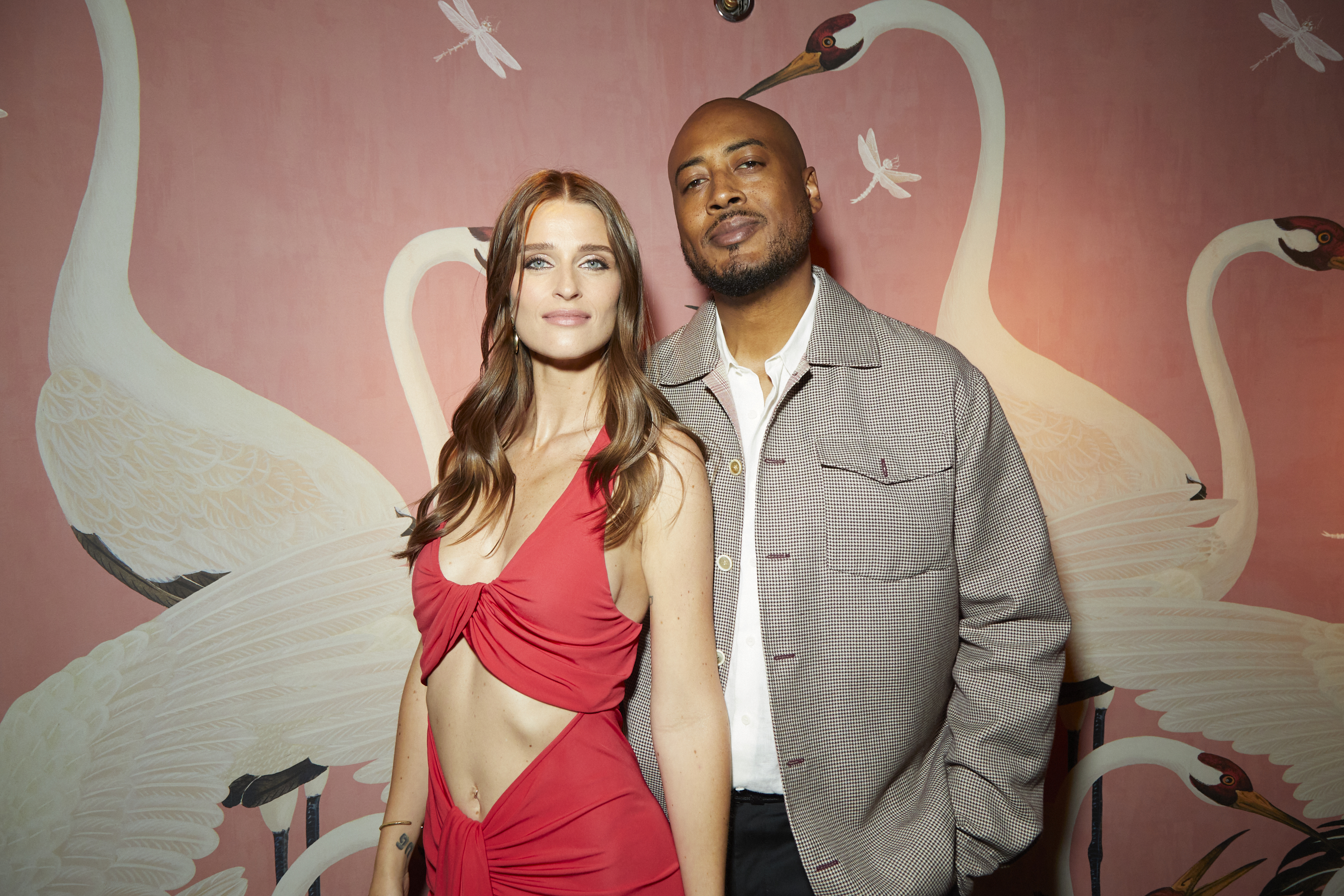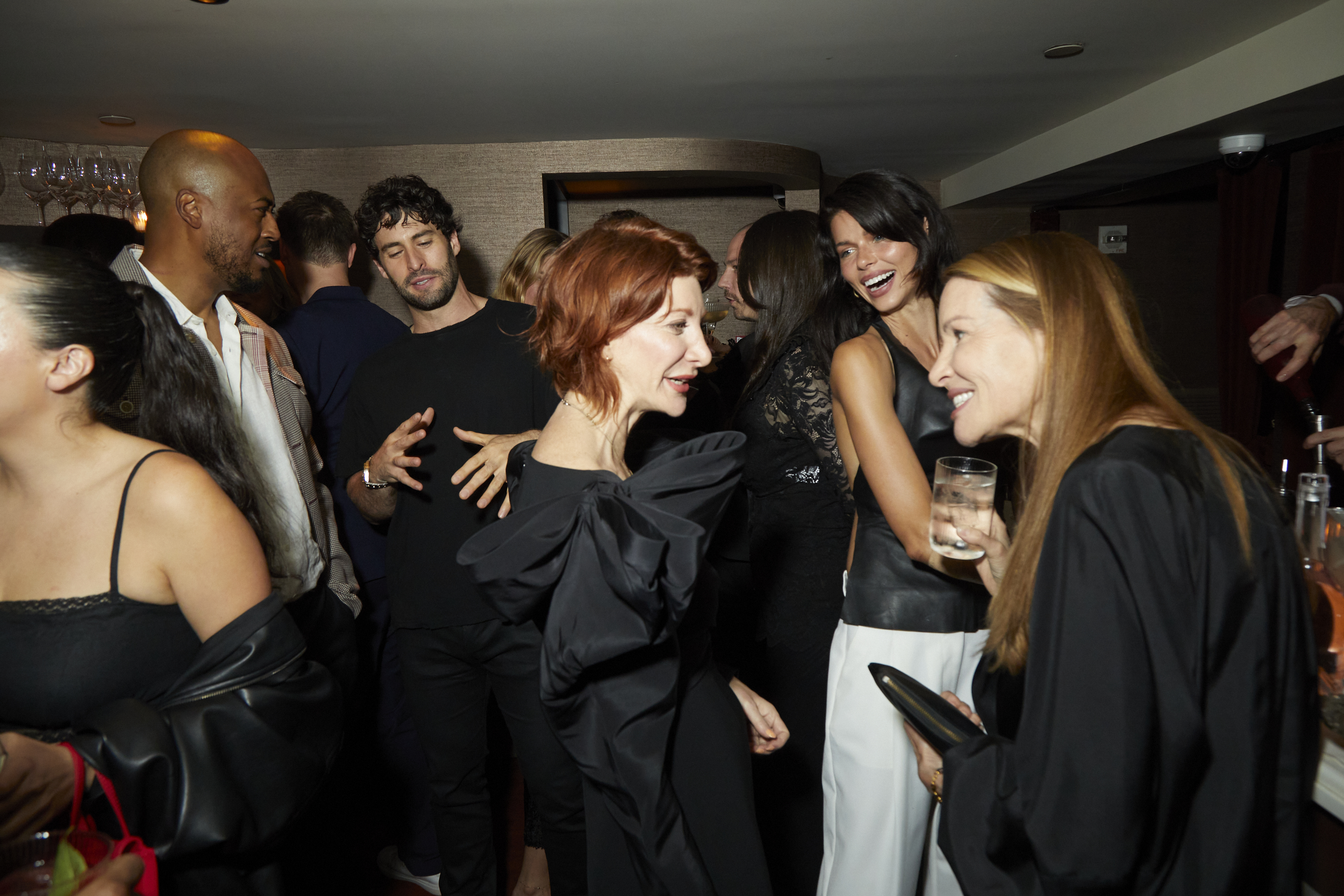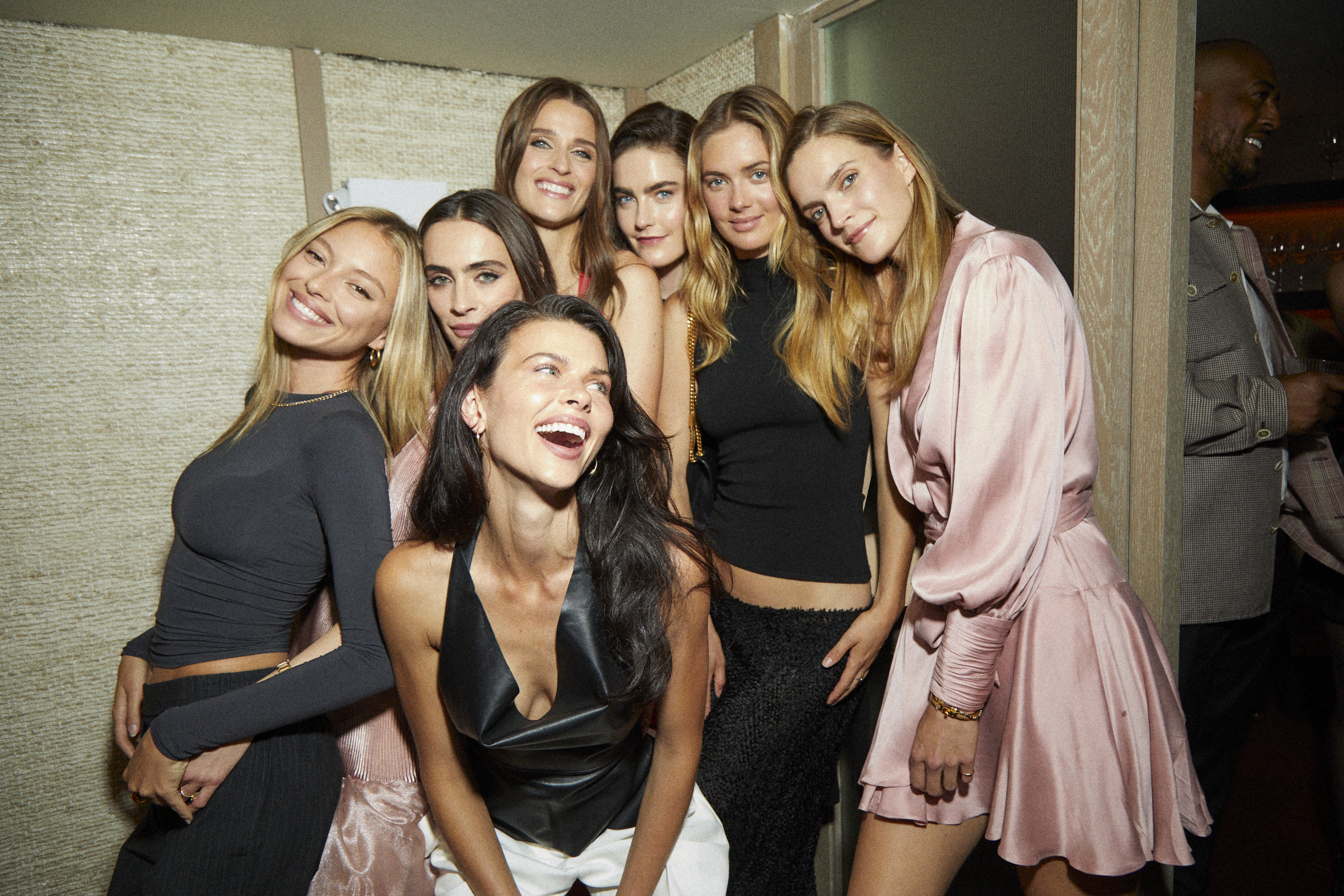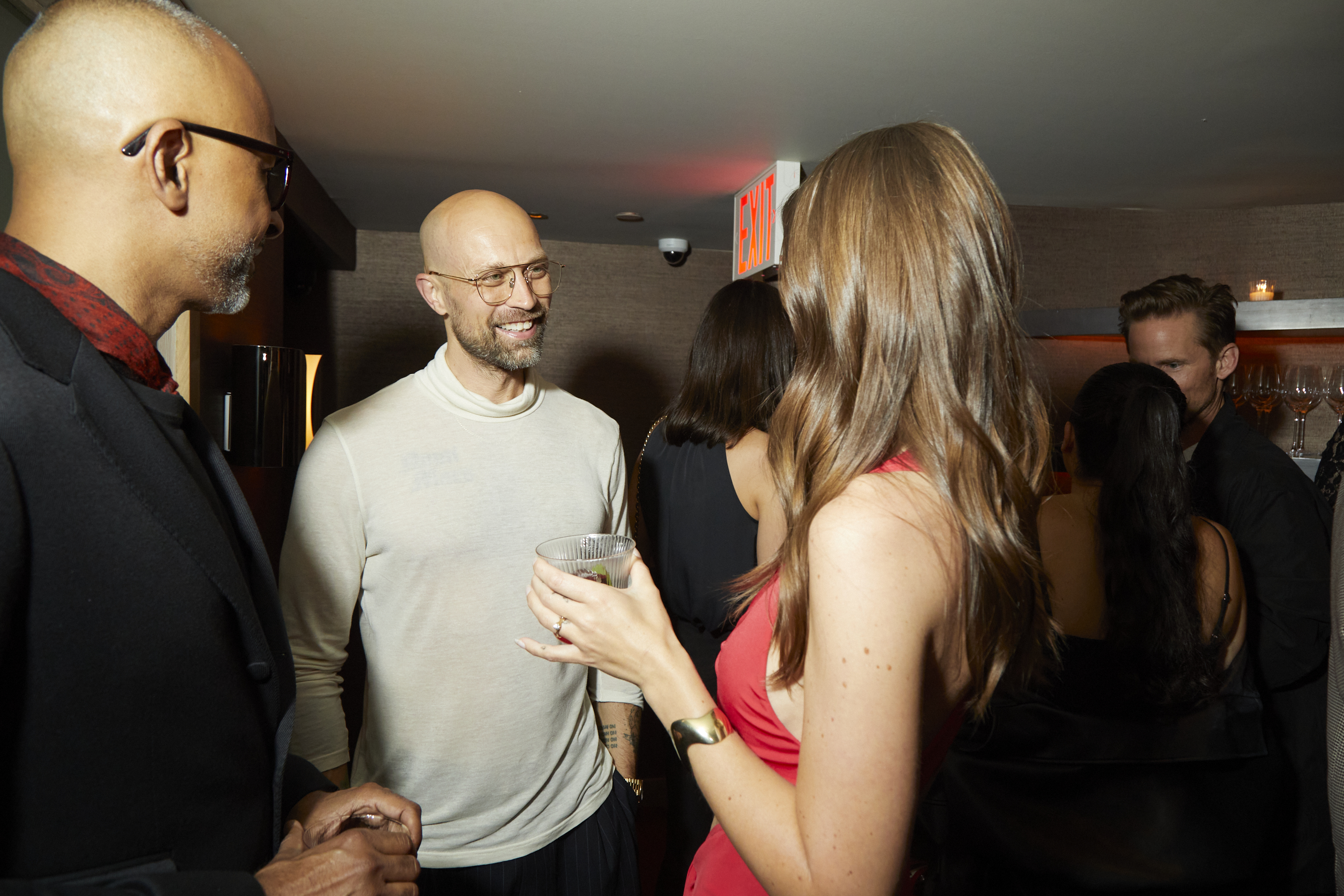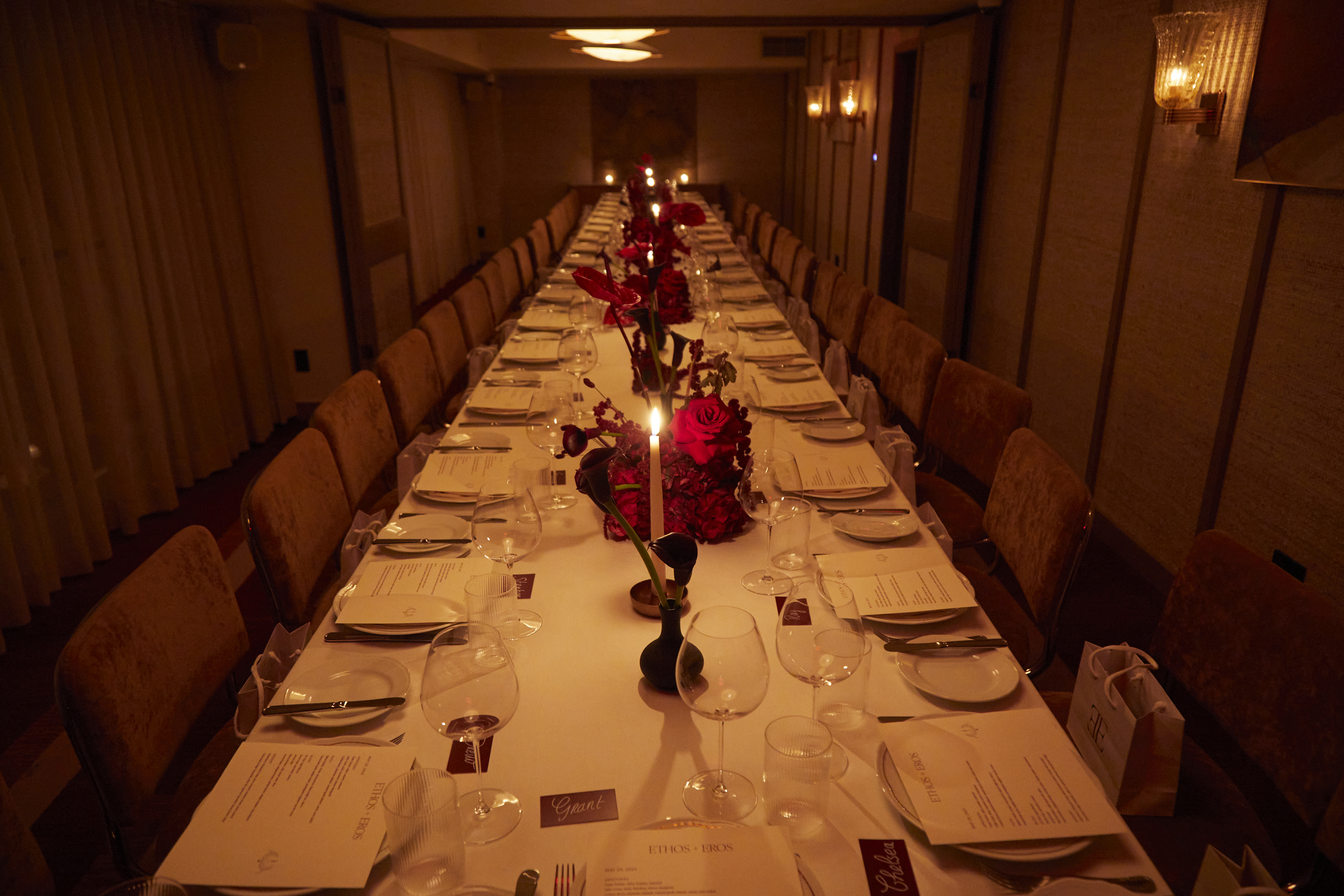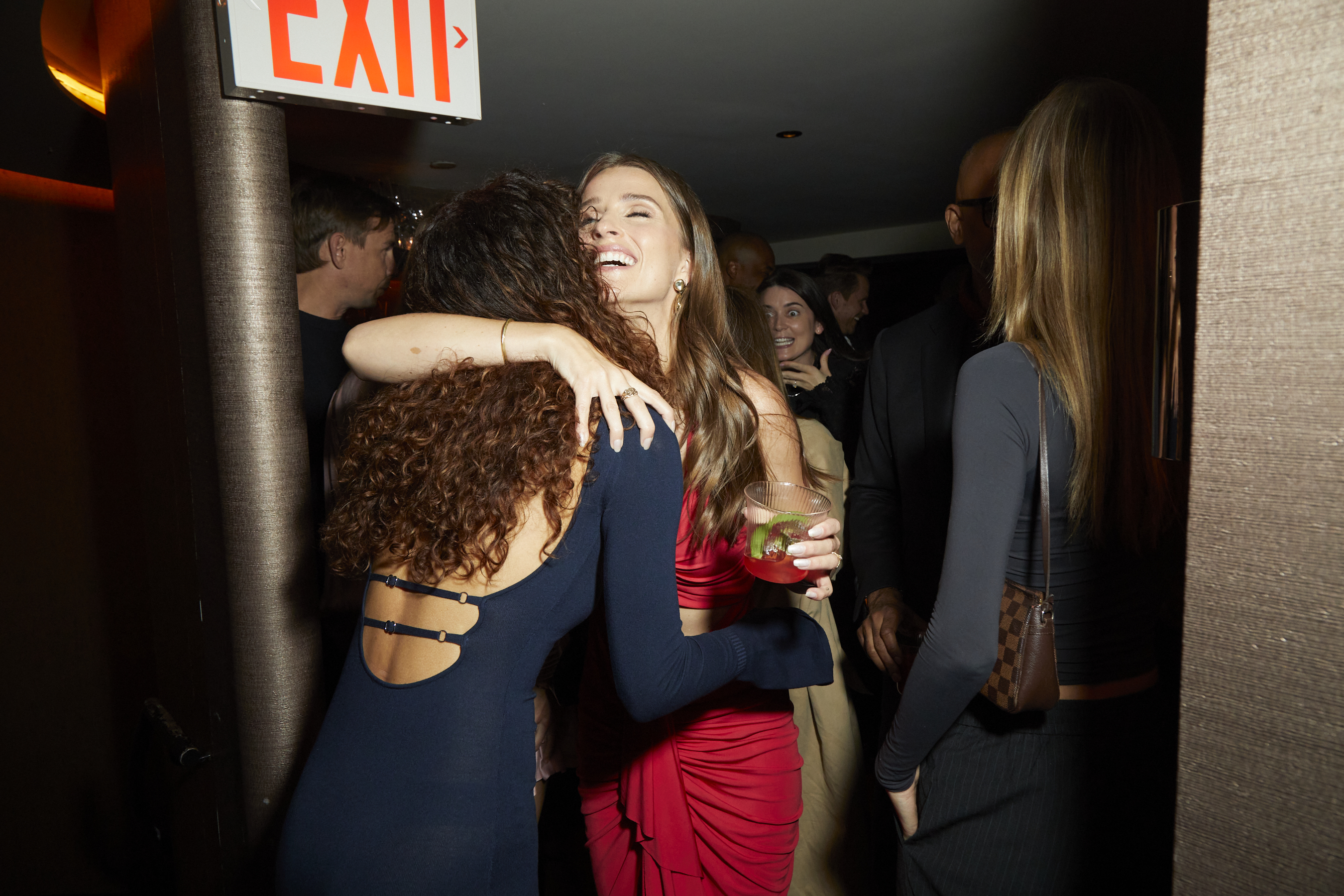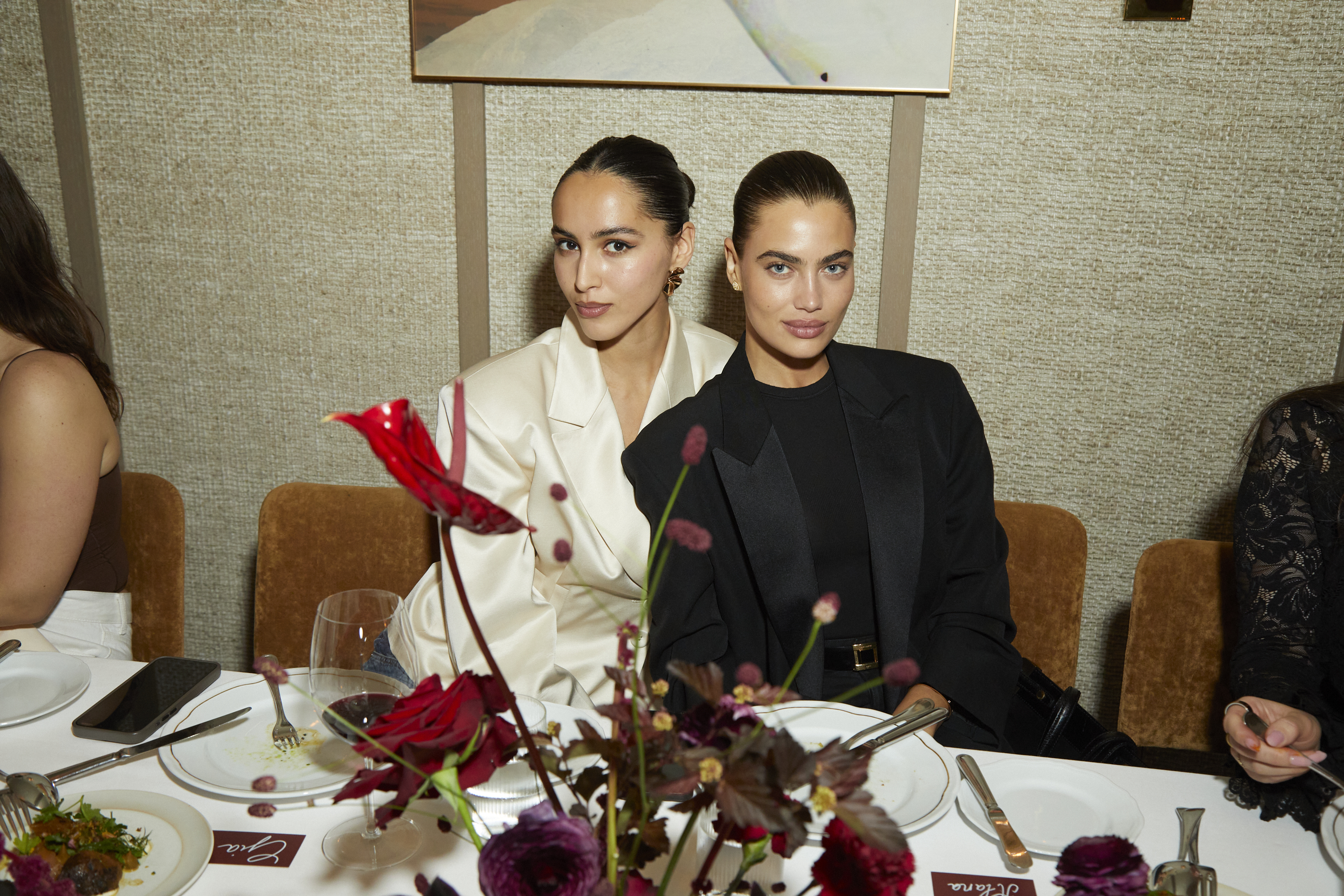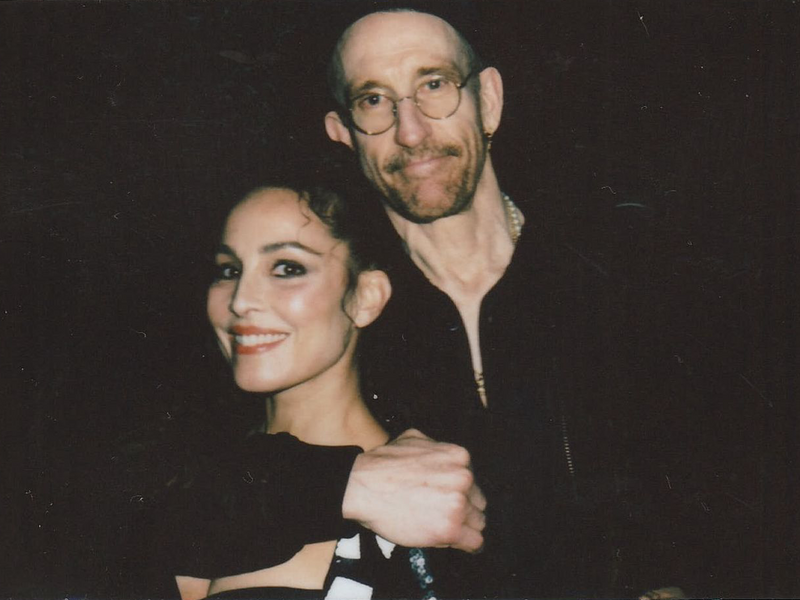Troy Schumacher's Translation
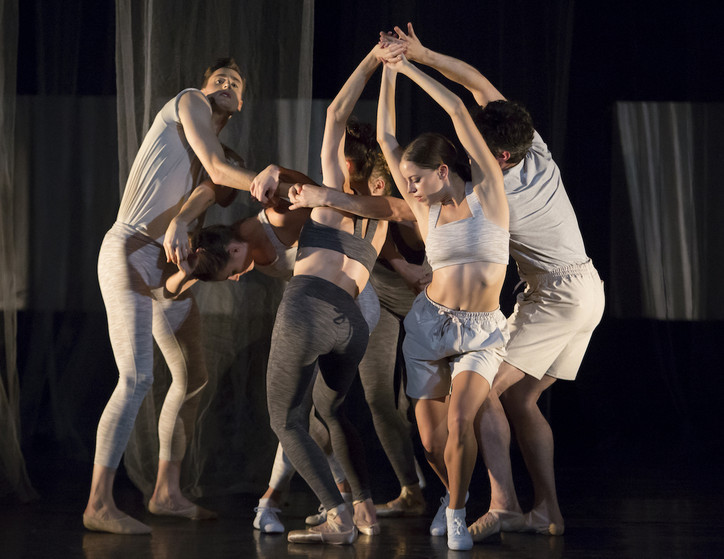
With his latest 3-night performance, Translation, Schumacher contemplates digital technology, and how that has affected communication between people. Merging science fiction, visual arts, and music composition by Julianna Barwick, Translation takes a multidisciplinary approach that adds a depth to ballet that has rarely been seen before. Ahead of the Translation opening, office sat down with Schumacher to understand his feelings towards digital communication, and learn why BalletCollective upends every notion of ballet as you know it.
What made you start BalletCollective?
Really the idea behind it is that when you bring together forward thinking artists, working in different forms, you start a conversation. It's a really fascinating thing to figure out where that leads. As art forms become more and more institutionalized, there's less and less of a conversation. When different artists can come together, it sparks new ideas. Because what one person might see as a convention in their form, an artist can come in and really turn it up on its head. And it's really about invention because ballet especially is an art form that really needs to be relevant again.
What’s it like transitioning from your work at NYCB to BalletCollective?
At NYCB I still dance, I still perform [in addition to choreography]. People always ask how do you do both of those things at the same time, but I think choreographing and dancing use completely different parts of your mind and body. So it's actually really refreshing to switch back and forth. When you're creating work for a place like NYCB, it's perhaps the greatest dance stage in the world. And at the same time it's a very large scale, you have to thing large, stakes are higher. At BalletCollective we start something, and none of us have any idea where it's going to lead. And that's both a really scary thing and a really exciting thing.
What about physical movements? Do they change between the projects you work on?
At BalletCollective I tend to do some different styles, and I try to create a varied repertory. For me I fell in love with dance originally because of the training element. I loved the athleticism, how challenging it was, it was something that was really great to see yourself progressing in. Self-gratification is fantastic in ballet, because it's so hard and it takes so long to reach these little baby steps.
At the same time for years I really had trouble relating to it as an art form. I think a large part of that has to do with the way people relate to one another on stage in a lot of the works. A large percentage of the ballets that are performed are from 40, 60, 80 years ago. The way people relate to each other in those ballets is not the same as people relate to each other now. And they’re masterworks and should continue to be performed, but for me when I watch dance I try to watch it in somewhat of a social context, and I try to understand what is happening and why they are dancing, and if I can't answer those questions as an audience member I can't relate. So it's one thing that I really try to do in BalletCollective, we come together and it's actually a quite cerebral process, and we're having these really intellectual conversations, but what we're trying to do in the end is produce something that is really relatable but has these different levels of understanding.
In Translation, the faces are hidden and the viewers are limited to the figures, which allows them to engage with the movement more.
I really thought it would be a fantastic thing to choreograph the ballet that was in silhouette. Because one thing that I've been feeling is that everything is so fast paced, and we're all so busy, and we're all so connected. And I think that the more-special moments for me in the past year have been these situations where I'm just sitting down on the ground with my dog and just watching leaves falling. I wanted create a work that was about the physical form of the body, but more about the shapes that multiple bodies and silhouettes can make, and to really slow it down. Because when things are in silhouette you're forced to slow it down, or else the mind strangely cannot comprehend what is happening. So you stop looking at them at a certain point in the work, because you're looking at them as forms and you stop worrying about what their facial expressions are, and it becomes really about an abstract physical expression between these two bodies.
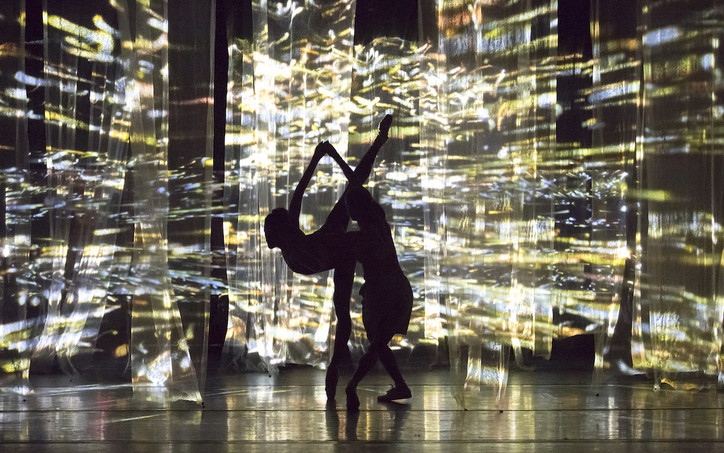
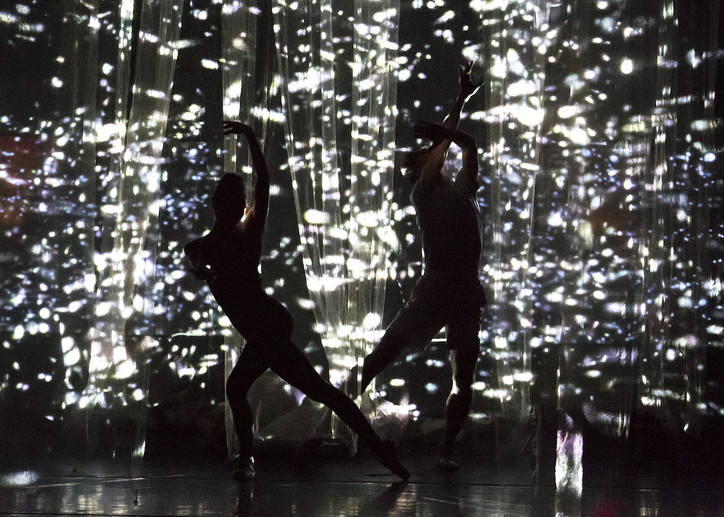
Translation is inspired by a science fiction story you read, right?
I read a really fantastic story by Ken Liu called “The Paper Menagerie,” and that is actually not really sci-fi, it's a magical realism story, and you read this story, you just start crying at the end of it. He's a really prolific author; I read about where he comes from and why he writes science fiction, it was kind of about taking social constructions and blowing them out of proportion. And part of that seems like such a beautiful idea about ballet. He had written this essay about writing science fiction, why he also enjoys the act of translation, and there was one sentence he wrote that I thought was really beautiful, about how we take all of these chance occurrences in our lives and we ascribe meaning to them by telling stories. And we're all so self-centered, and we're constantly trying to comprehend what goes on around us, and we translate that into a story. And so he wrote a short piece of prose for us that focuses on that idea, a lot of it's about how we what we call the present from neurological perspective is really not that. The piece was actually filled with all these great ideas for dance.
Is it easy for you to convert these vague concepts into dance?
It happens sometimes and sometimes it doesn't, and when it happens it's really exciting. And thing about dance, it's such a time based medium. Music is the same too. But there are certain things in dance that can be conveyed in two seconds. There are other ideas that can take 10 minutes to convey.
Many people have ideas about digital communication and its many woes. But for someone who has grown up with it for much of your life, what was most interesting to you?
I think a lot of it has to do with the amount of translating or parsing we have to do in our day-to-day basis in our communications. Things are much less explicit as you're talking about meaning, or really understanding what people are saying, or what they are insinuating. And the art of that has become so nuanced, and it's also something that is so personal between people.

Many people have ideas about digital communication and its many woes. But for someone who has grown up with it for much of your life, what was most interesting to you?
I think a lot of it has to do with the amount of translating or parsing we have to do in our day-to-day basis in our communications. Things are much less explicit as you're talking about meaning, or really understanding what people are saying, or what they are insinuating. And the art of that has become so nuanced, and it's also something that is so personal between people.
Do you find yourself responding to political or social changes in the world through dance, the same way many other artists are responding?
I think this too is about how many alerts we get, whether that's social or whether that's the New York Times or the Washington Post, how unnerving that can be, and this urge to remain connected, both socially and what's happening around us. For me what I'm trying to create is somewhat of an antidote to what I'm feeling. Right now I'm having trouble watching anything or reading anything that's too intense or too serious, because you can only really take so much. And sometime you need art to uplift you, sometimes you need it to make you cry in a bad way, in a good way, and there's certain ideas that can be conveyed really well through dance and other ideas are more challenging. And whether that's exploring new relationships on stage—I think one thing in dance that is so overwrought is this strong man/weak woman relationship, and that's something that BalletCollective from day one, that's something that we've really tried to explore, is how to progress these gender relationships in ballet much further.
You wouldn’t normally think of those types of gender roles in an art form like ballet.
In some ways, it's an art form that traditionally has been progressive, but also can be stuck in its ways for a long amount of time, because it is, in a lot of venues, a very traditional art form.
So do you feel BalletCollective is bringing the medium to a new audience? And breaking down the barriers that are often associated with it?
I think there are many facets to this question and this problem. One is an economic issue, on both sides, because performing arts, they cost more money to produce than people are willing to pay for a ticket. So for us, at BalletCollective, if we wanted to break even and just do it through ticket sales, then we would have to charge at least $150 per ticket average price, and that's not what we want to do. With our pricing scale [we’re] always making sure there are $20 tickets for people to buy, because I think that when people come to our shows, what they are expecting to see when they see the word ballet, and what is actually being presented is often not the same.
Ballet, in a very underutilized way, has the potential to bring all of these [art forms] together, and needs all of them to exist. If you're able to curate these collaborations in really smart ways, the end product can be extremely accessible, but then also really intelligent at the same time.





